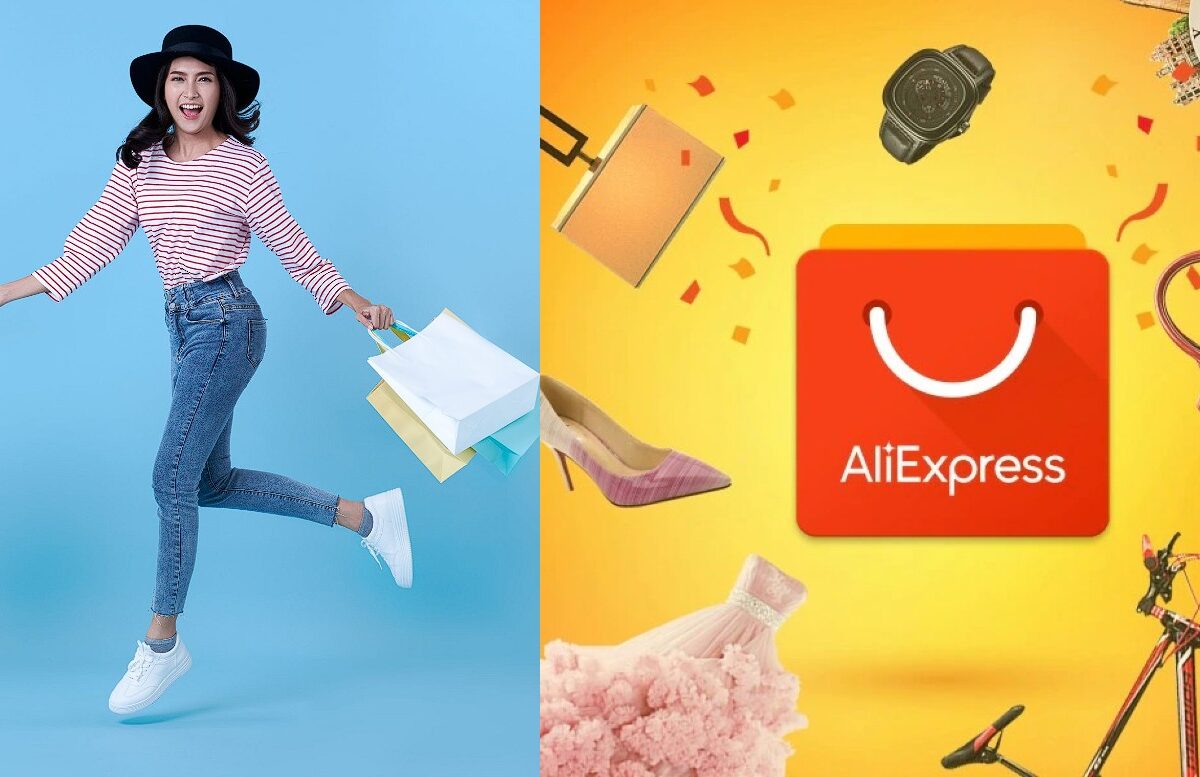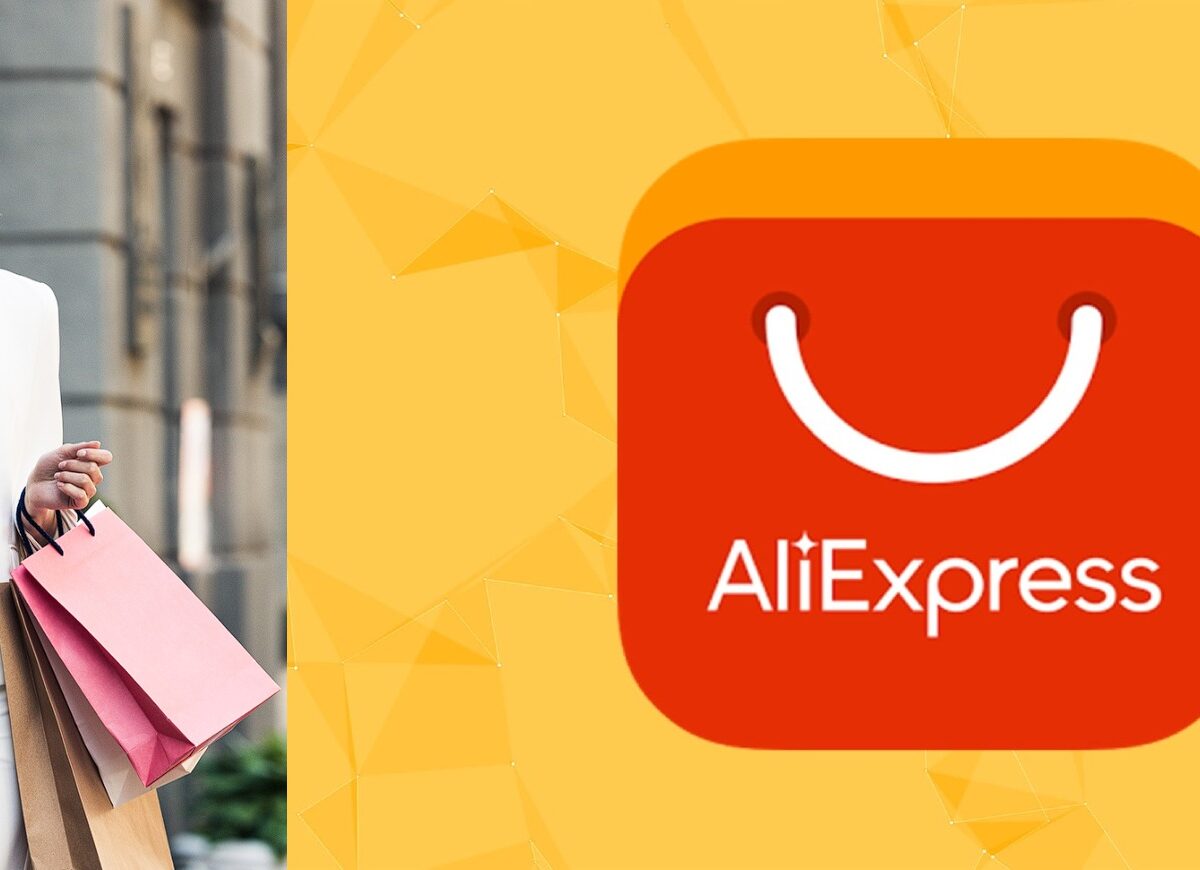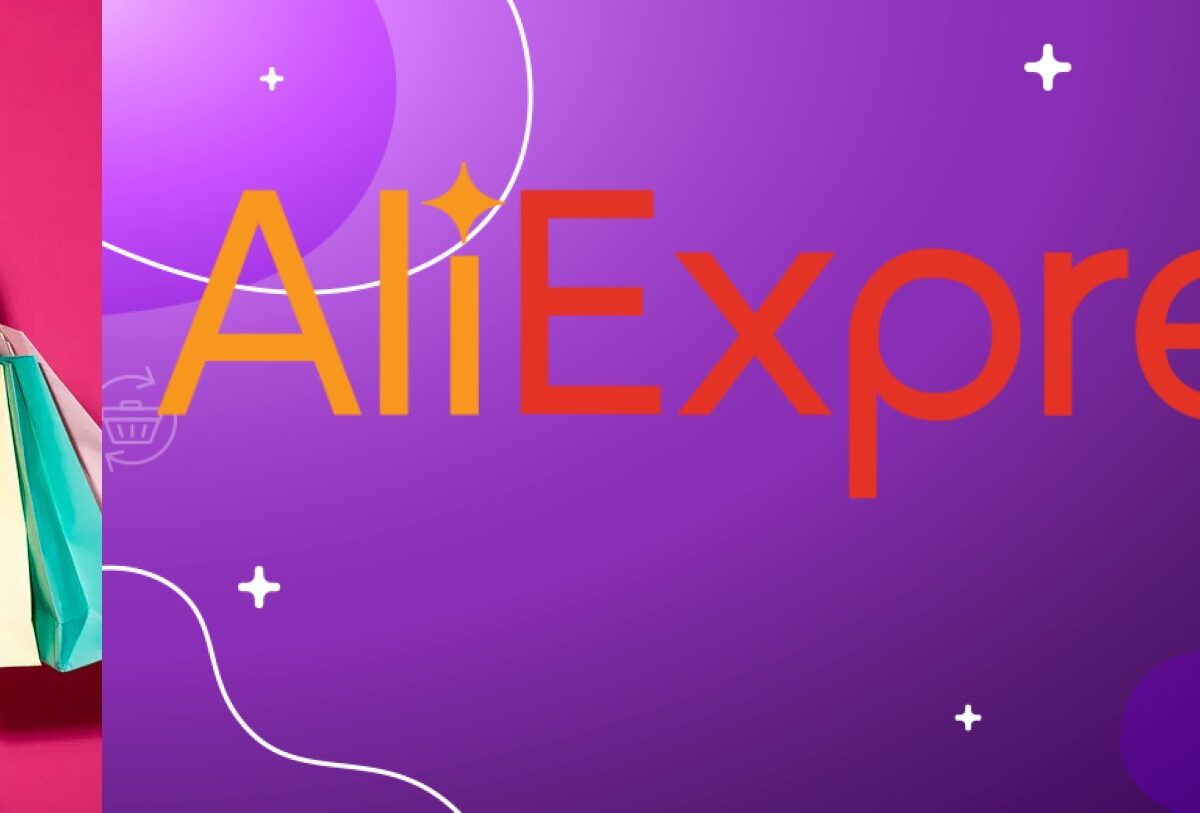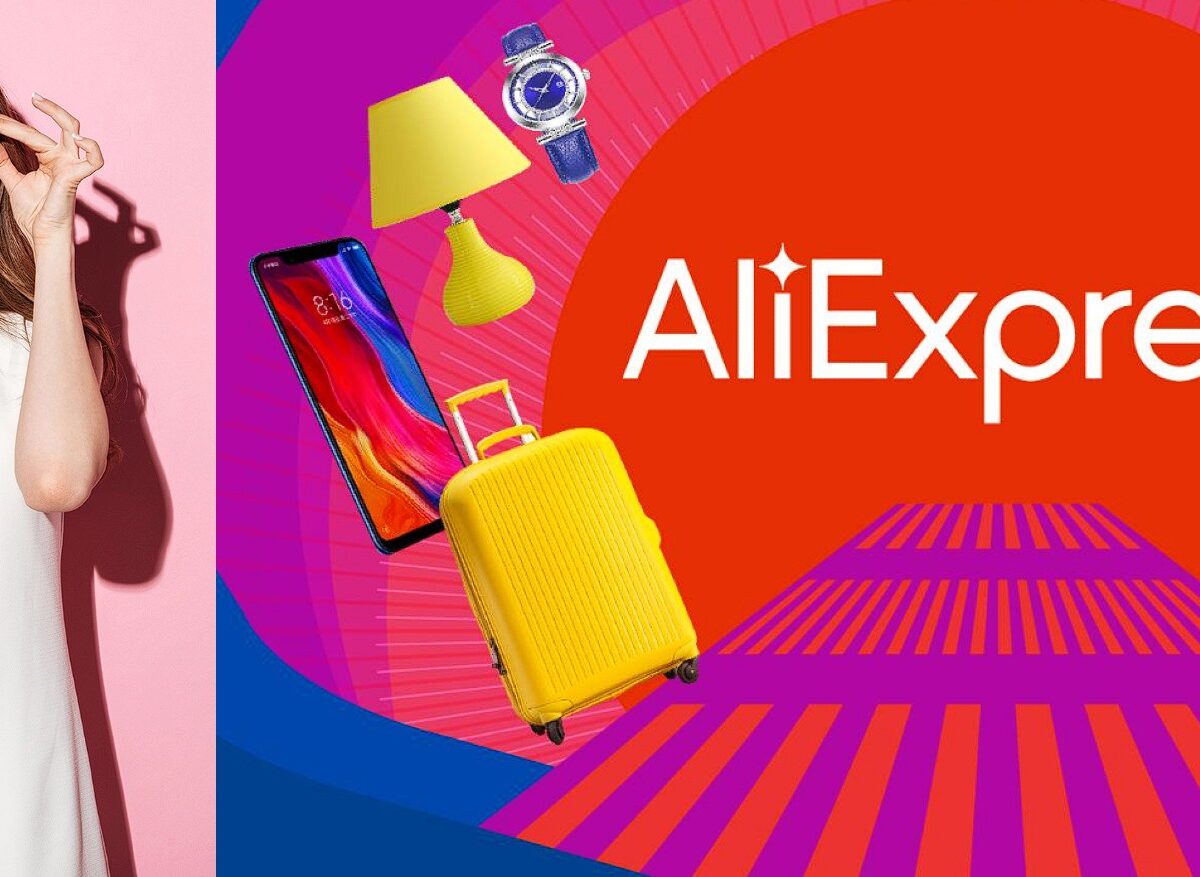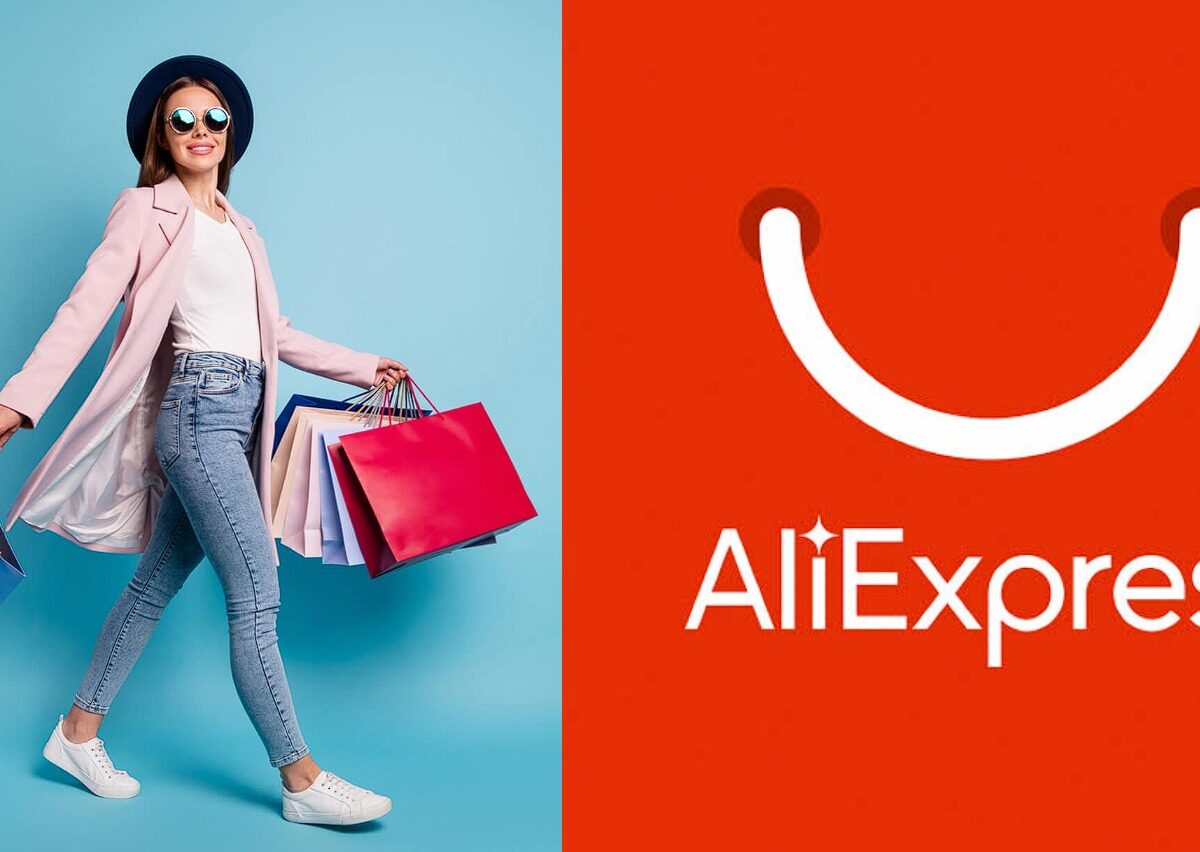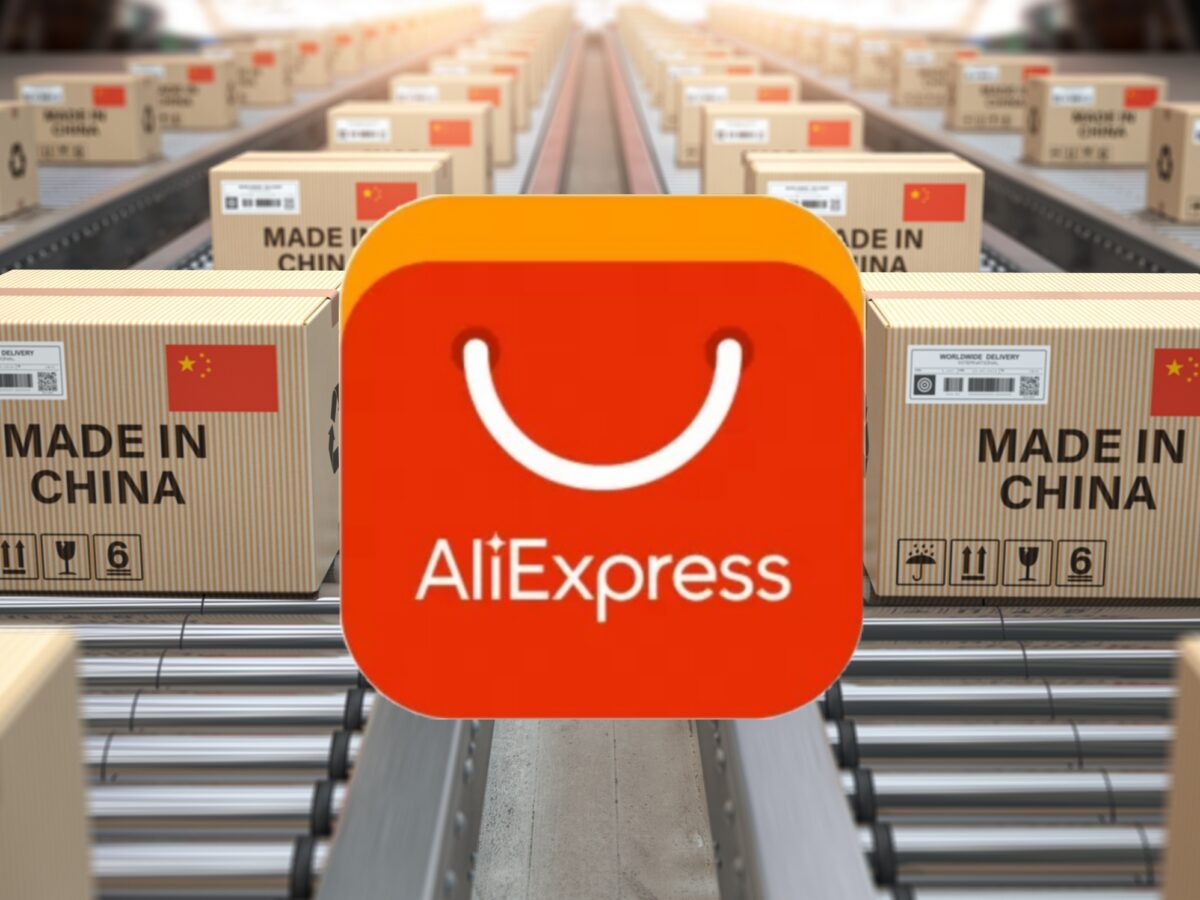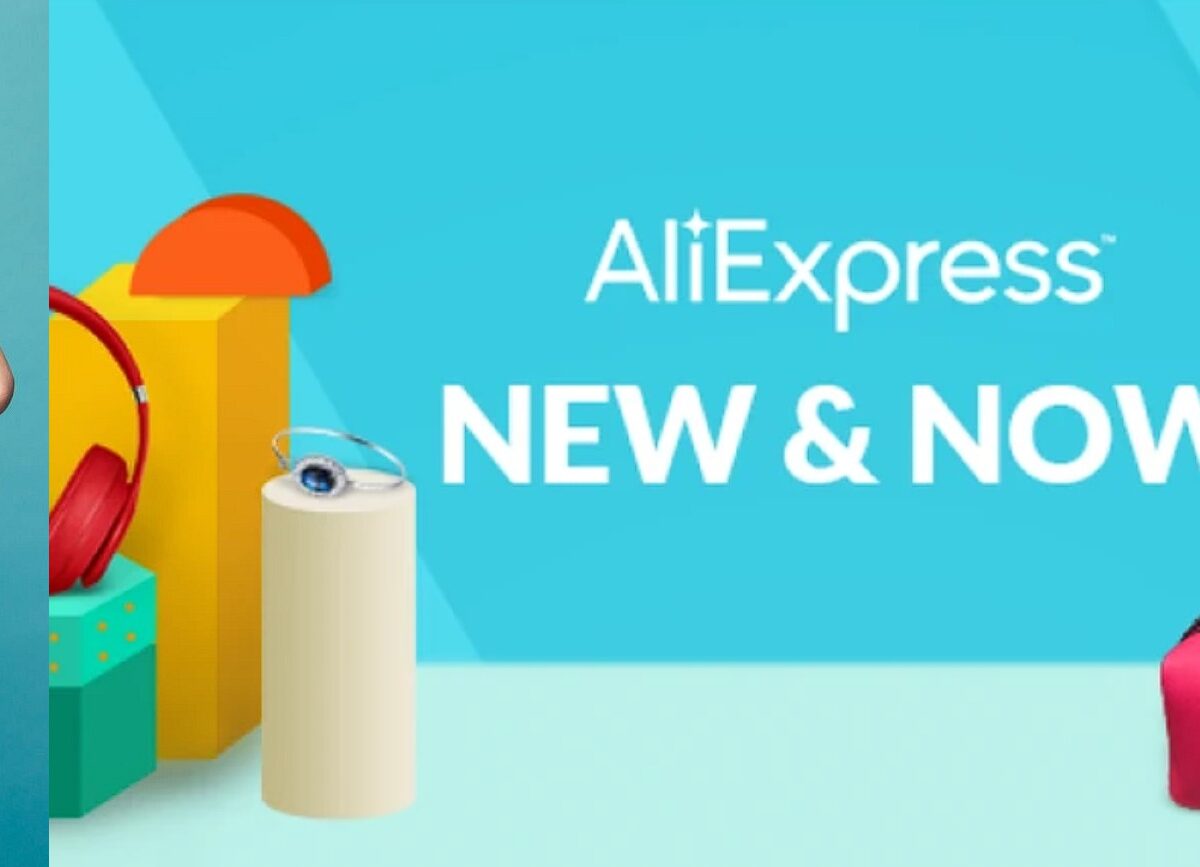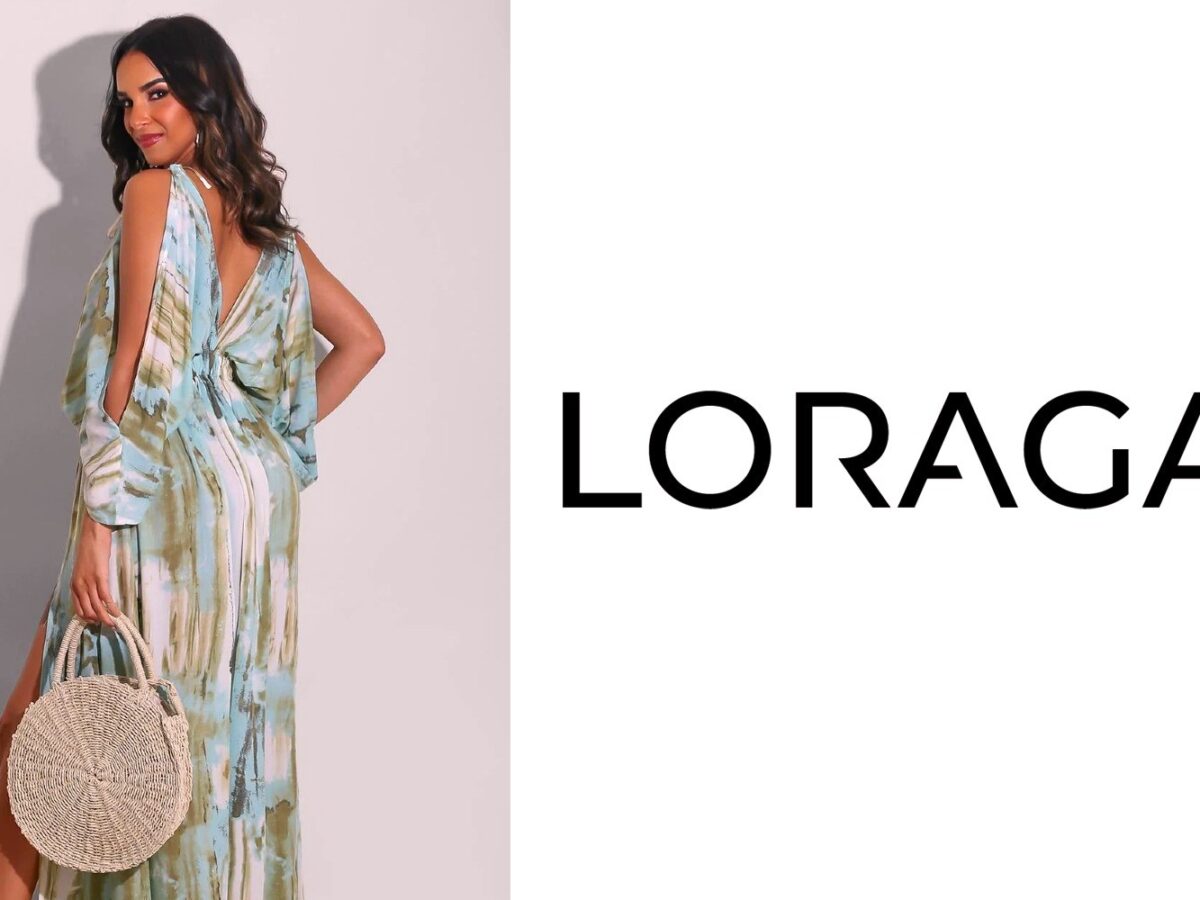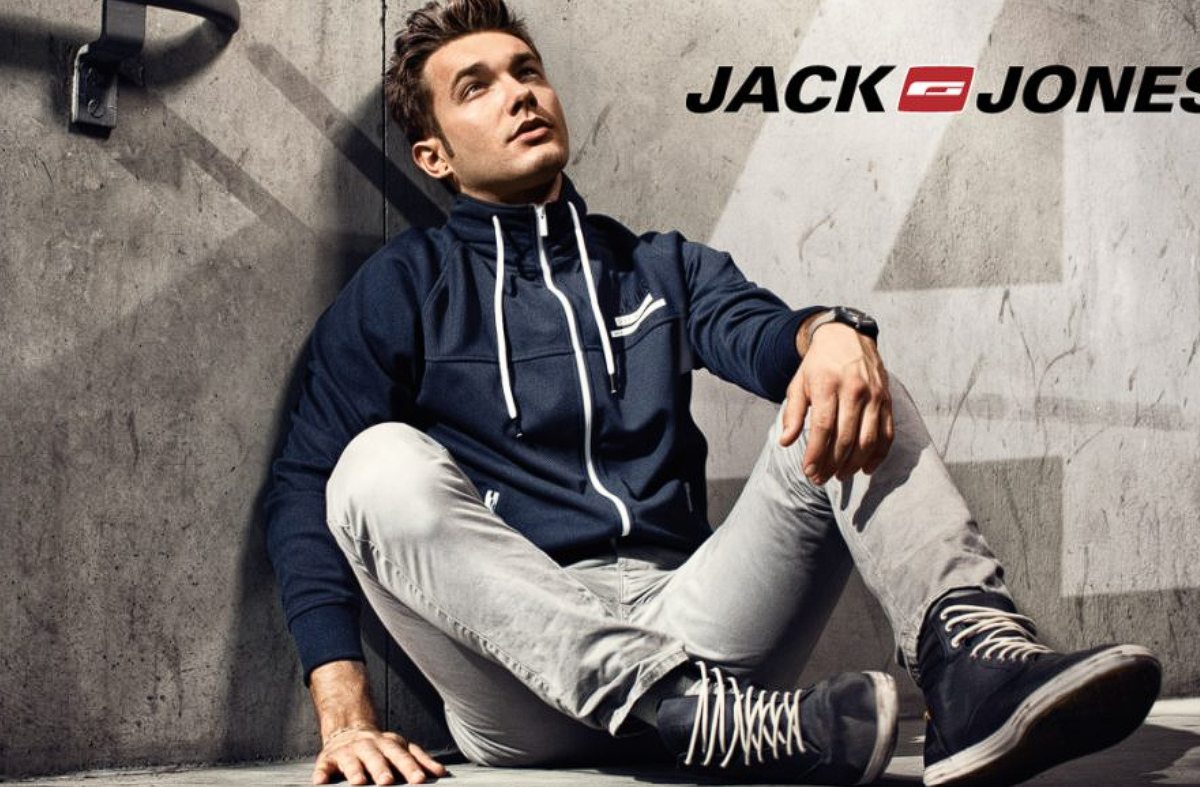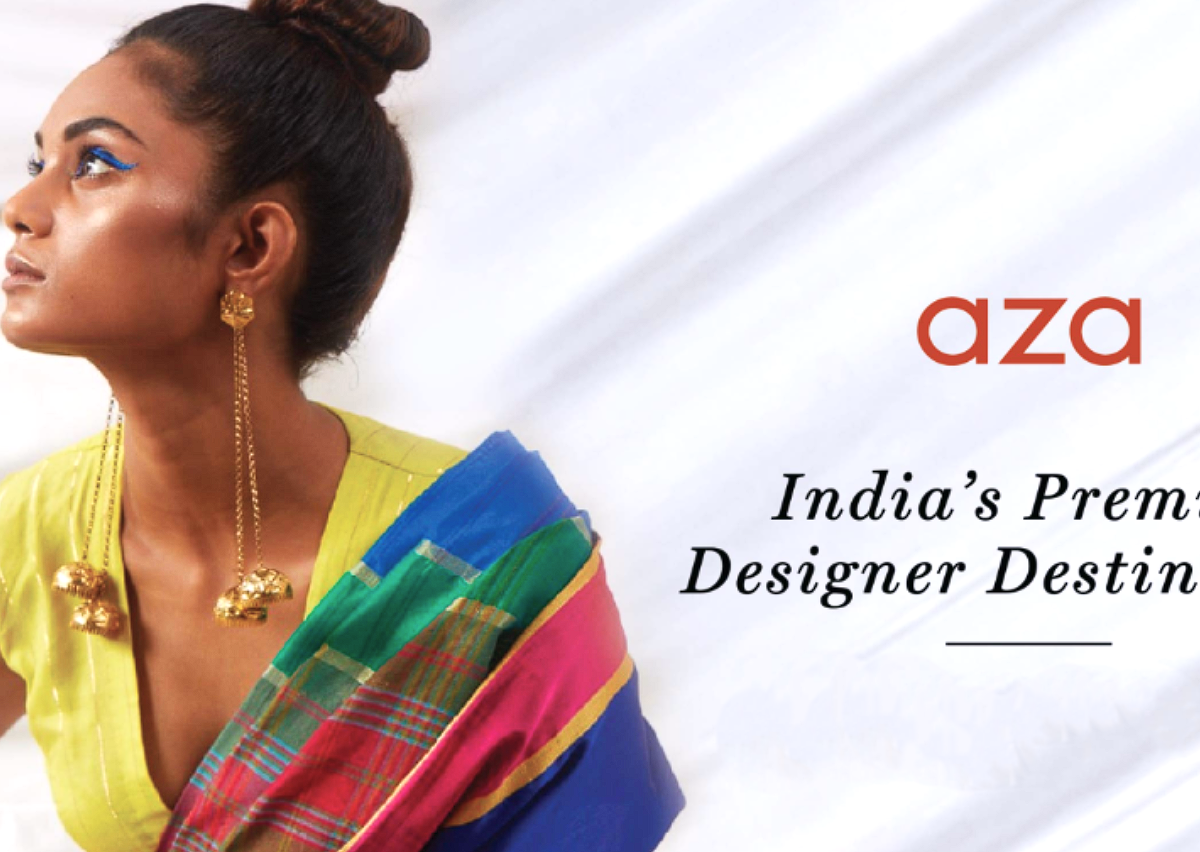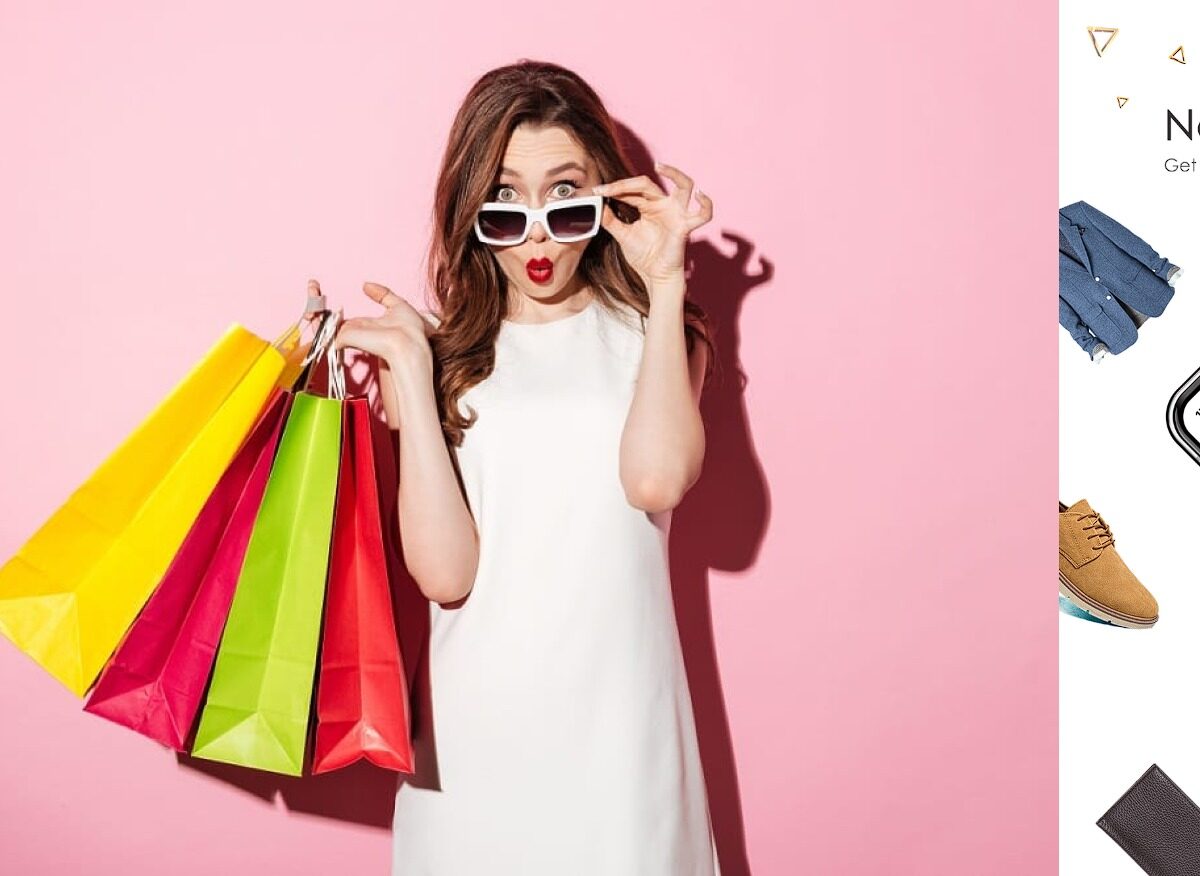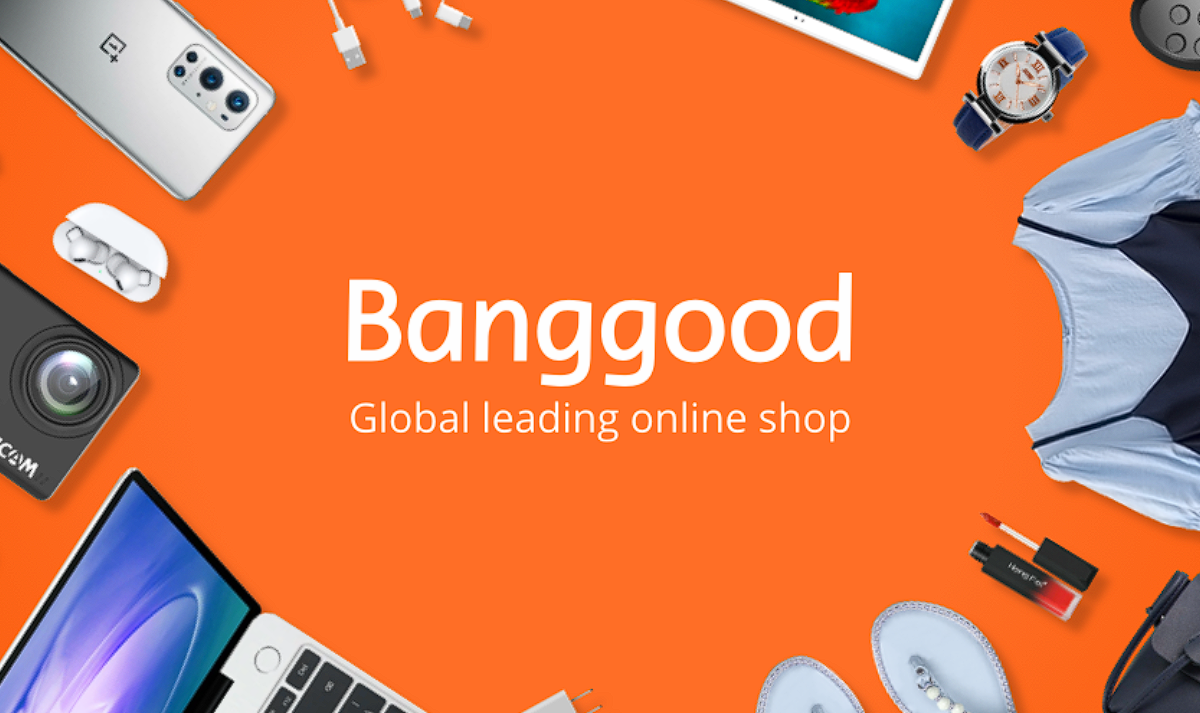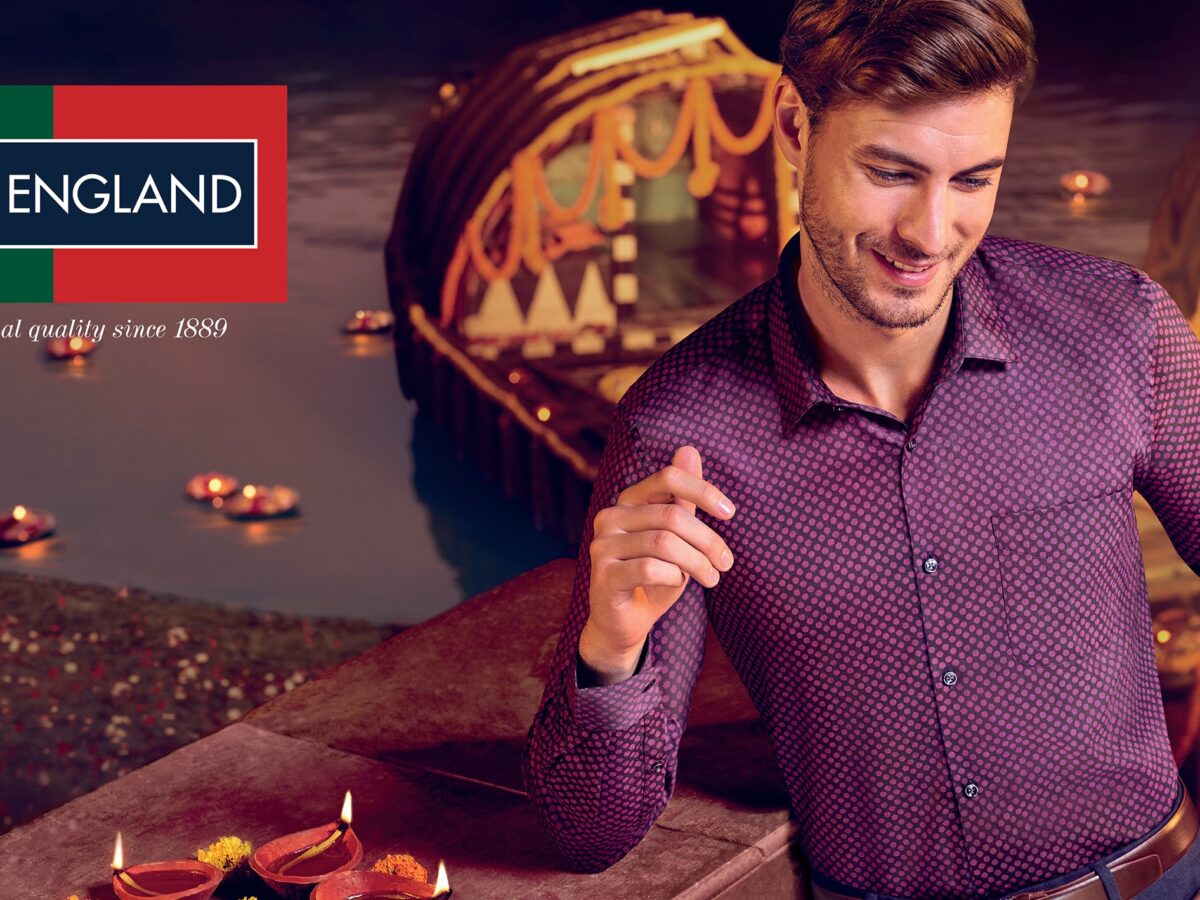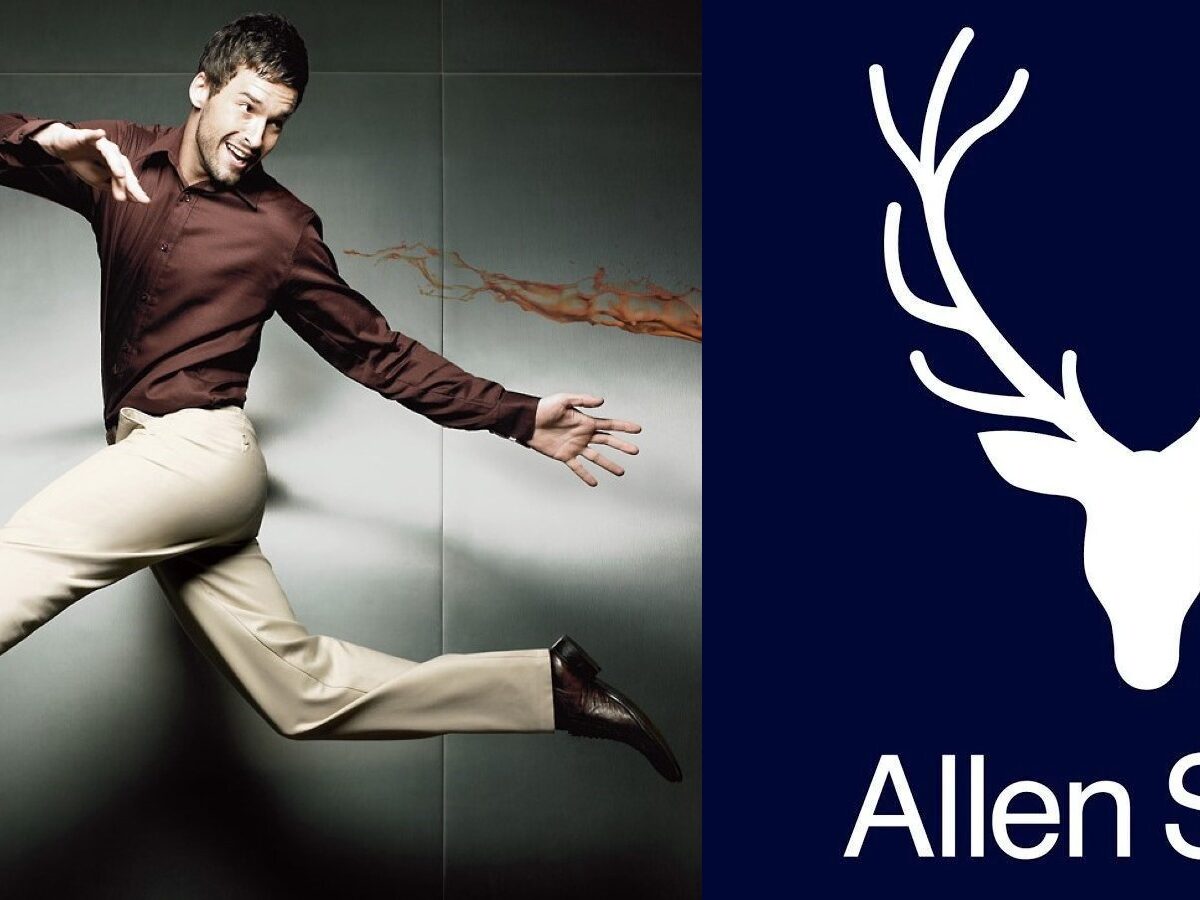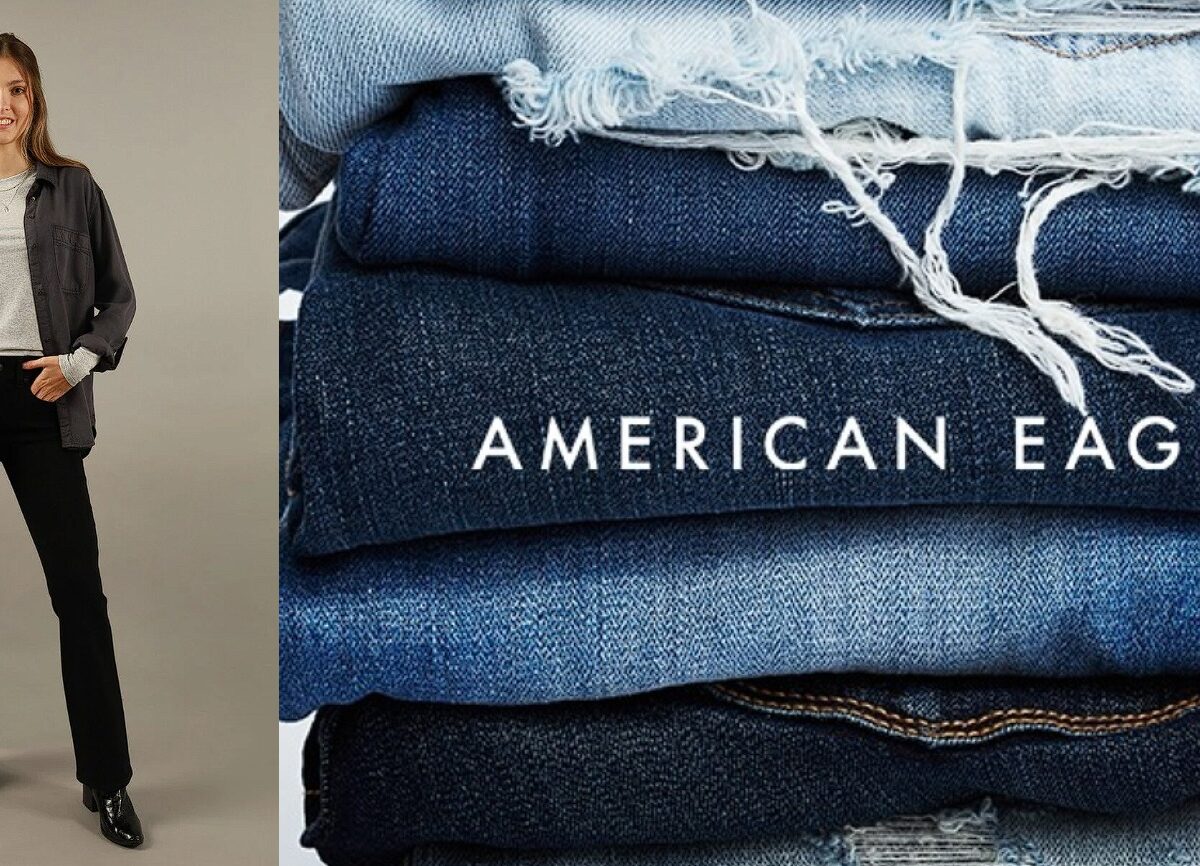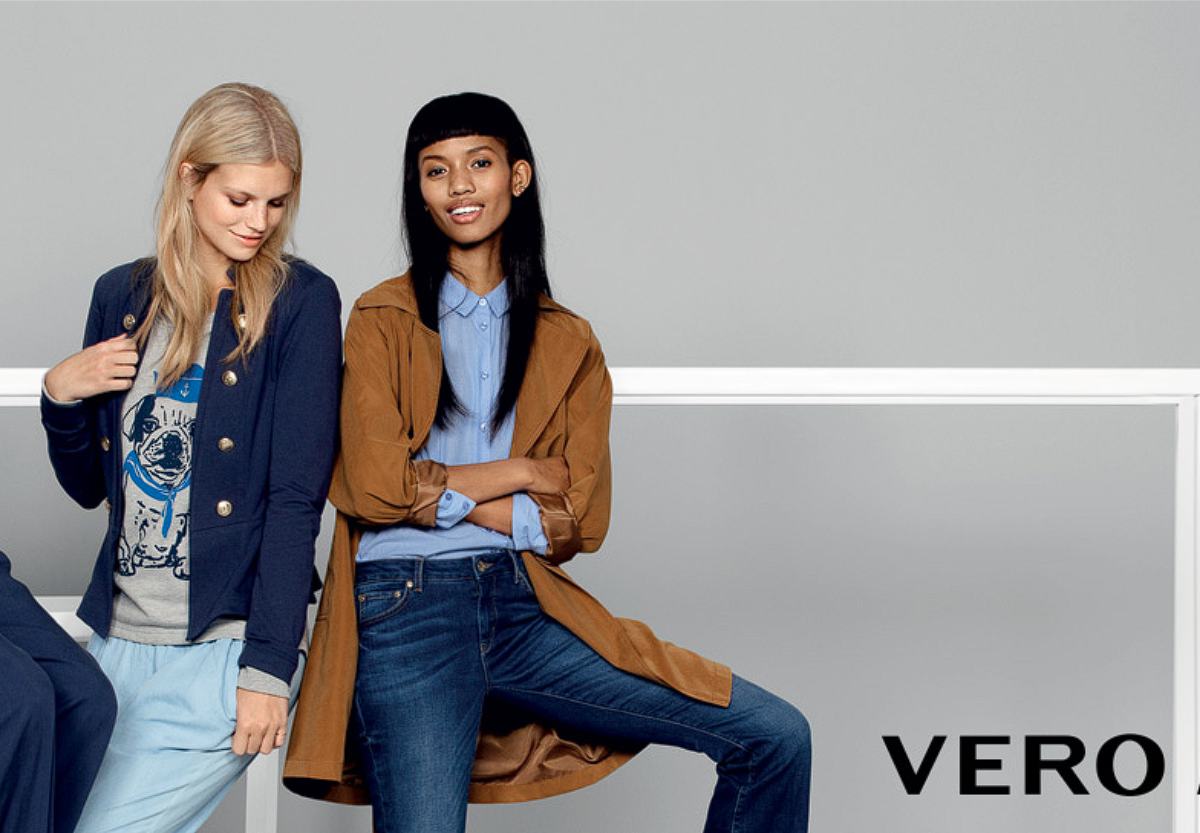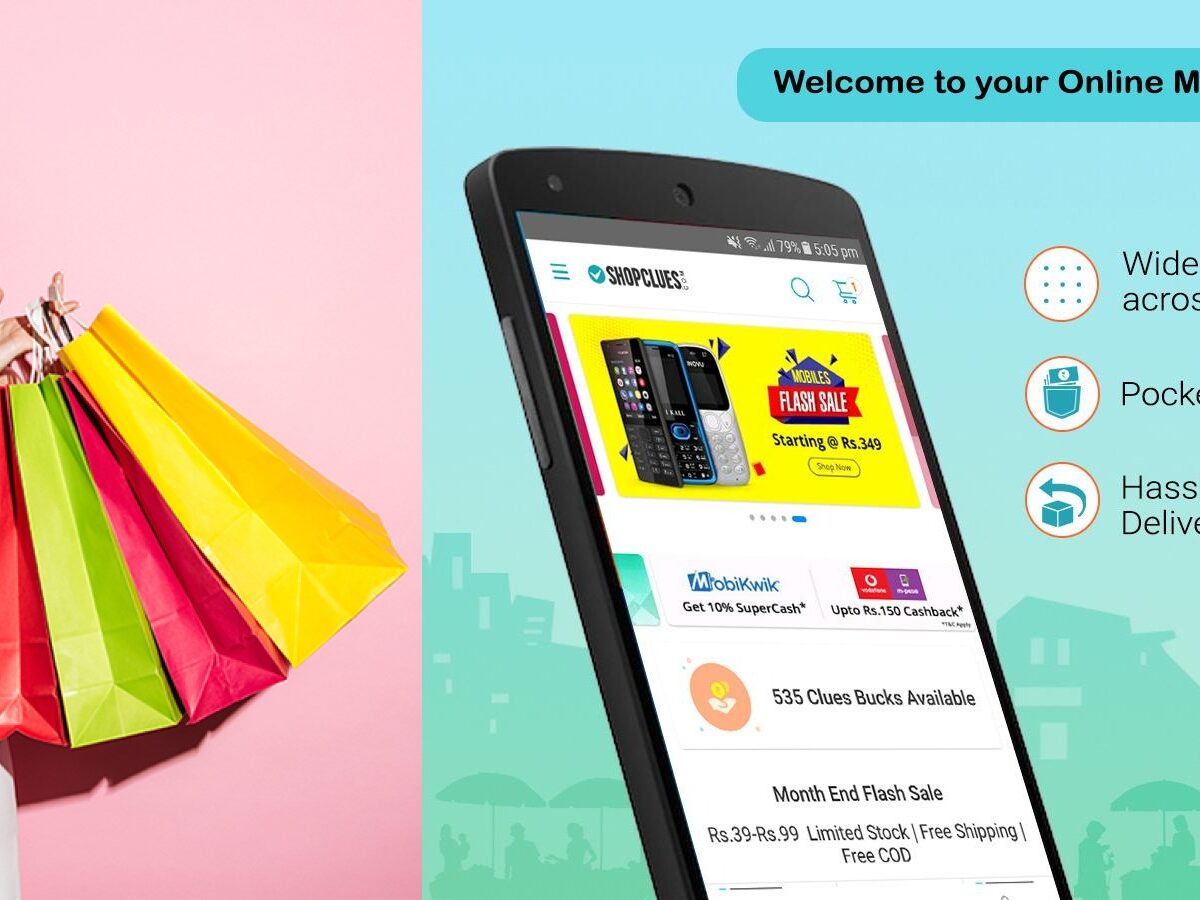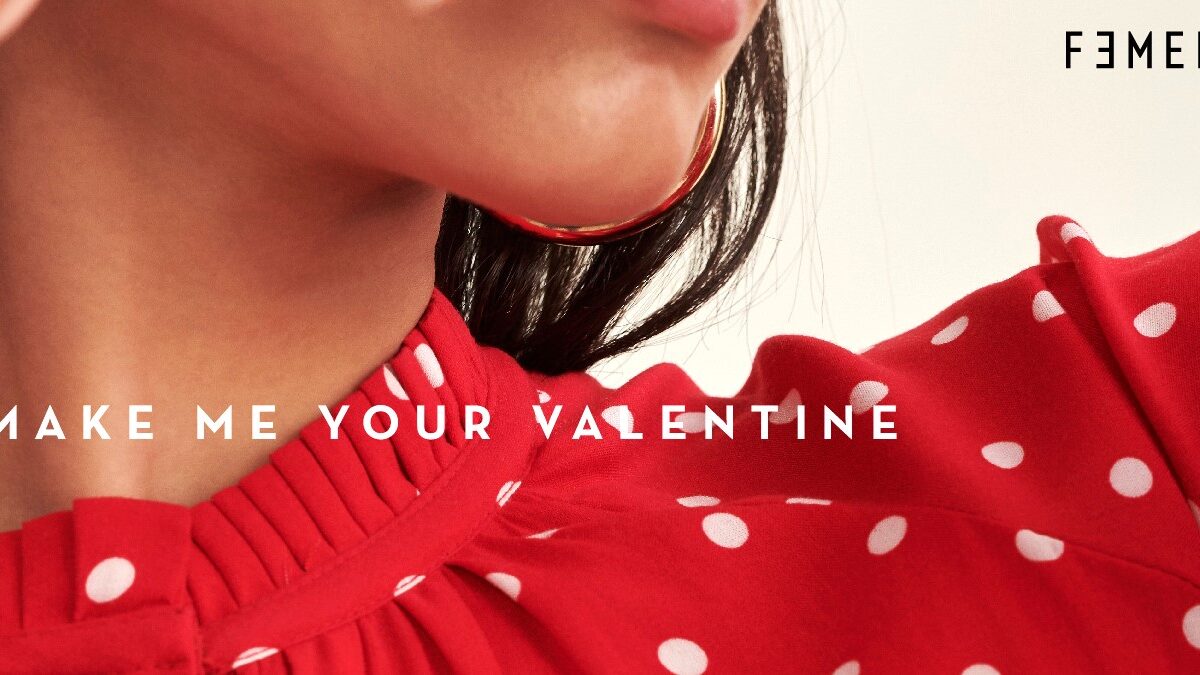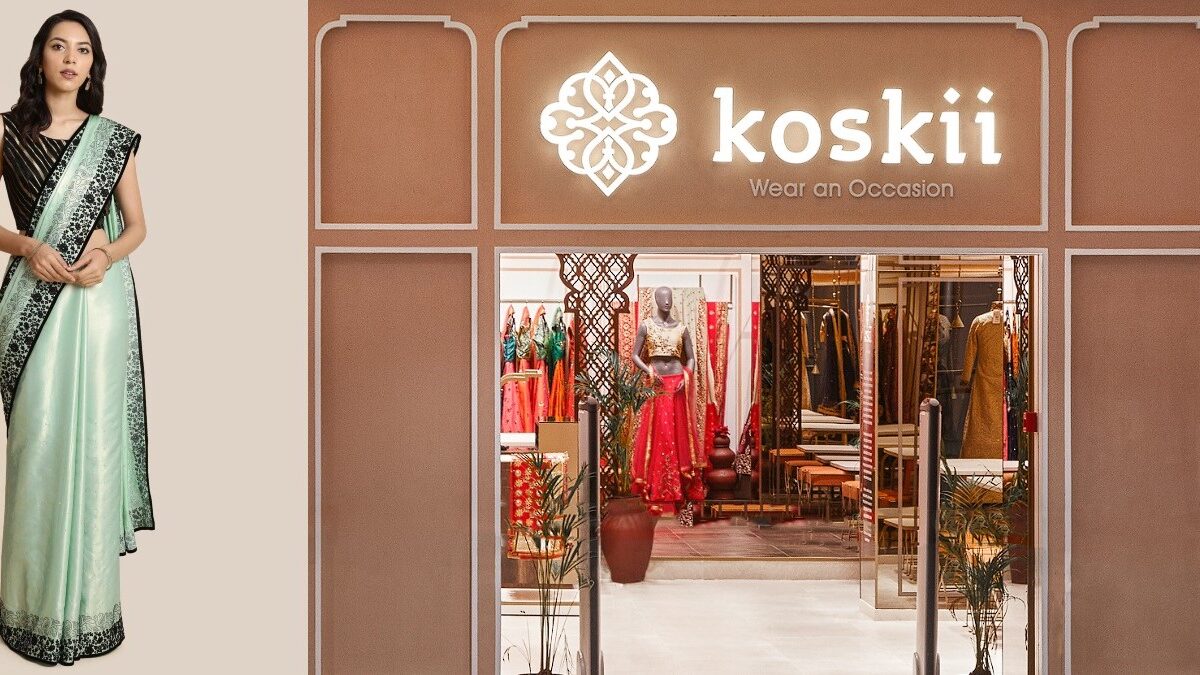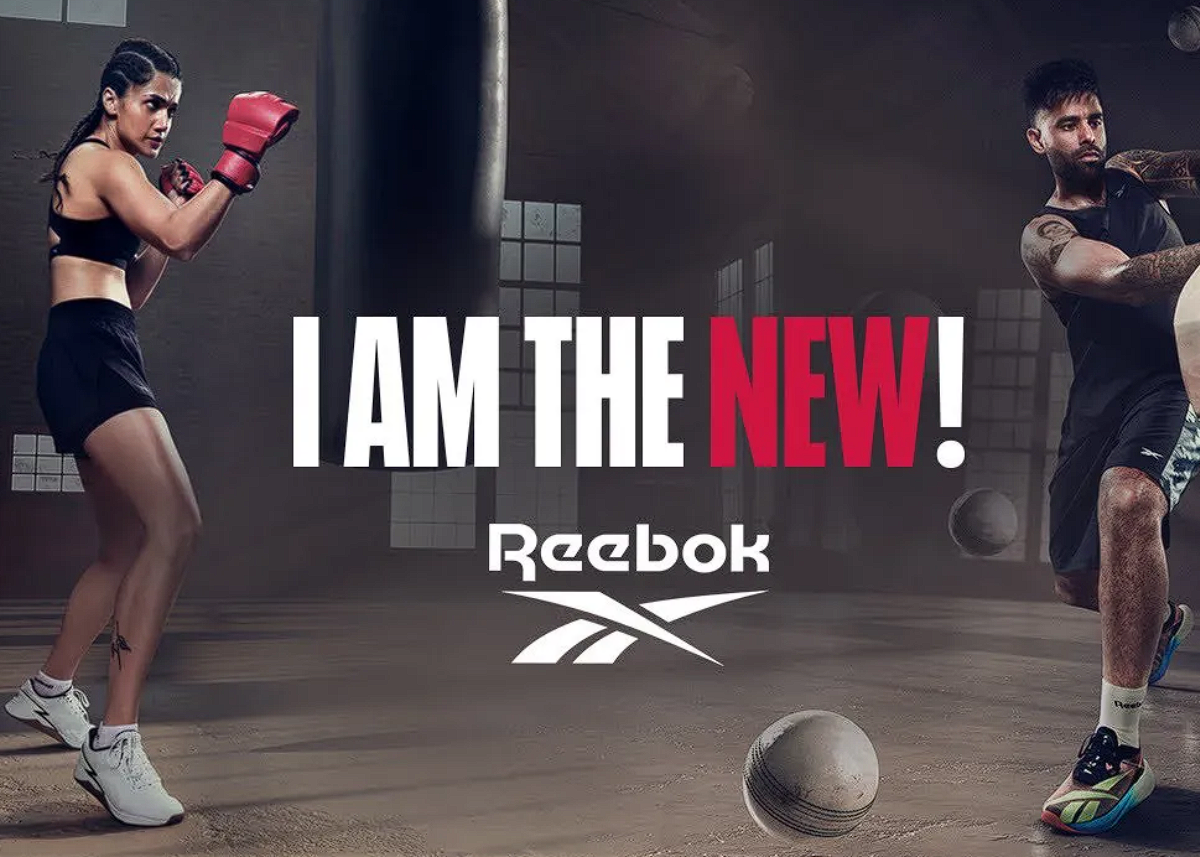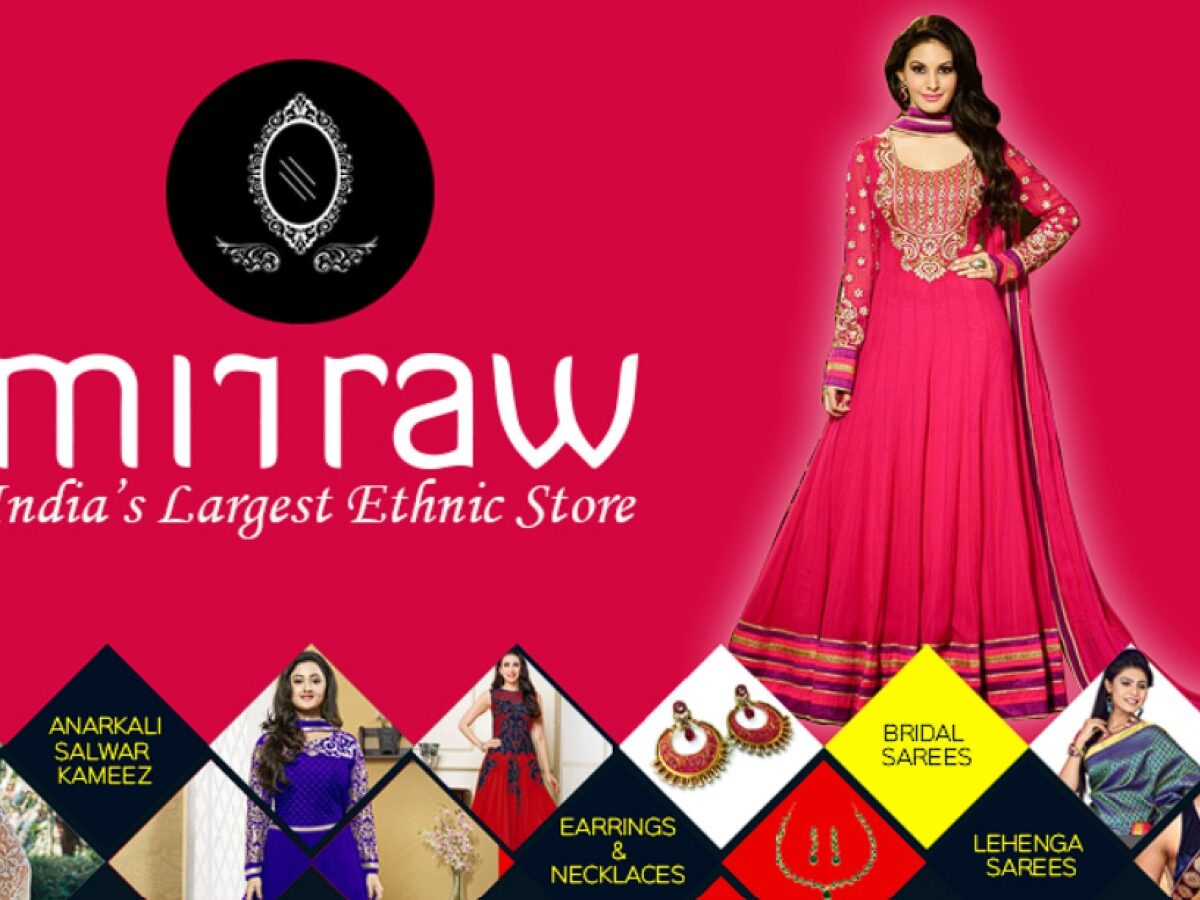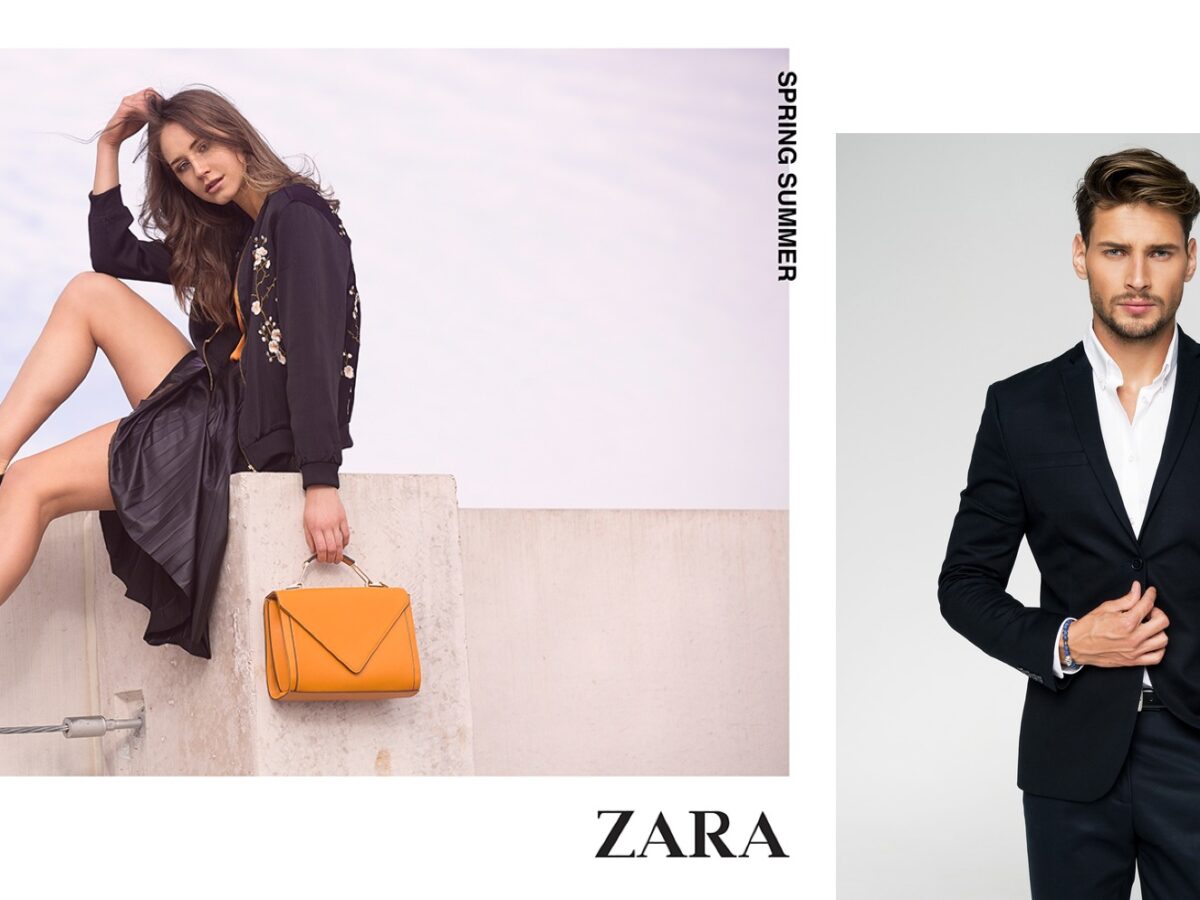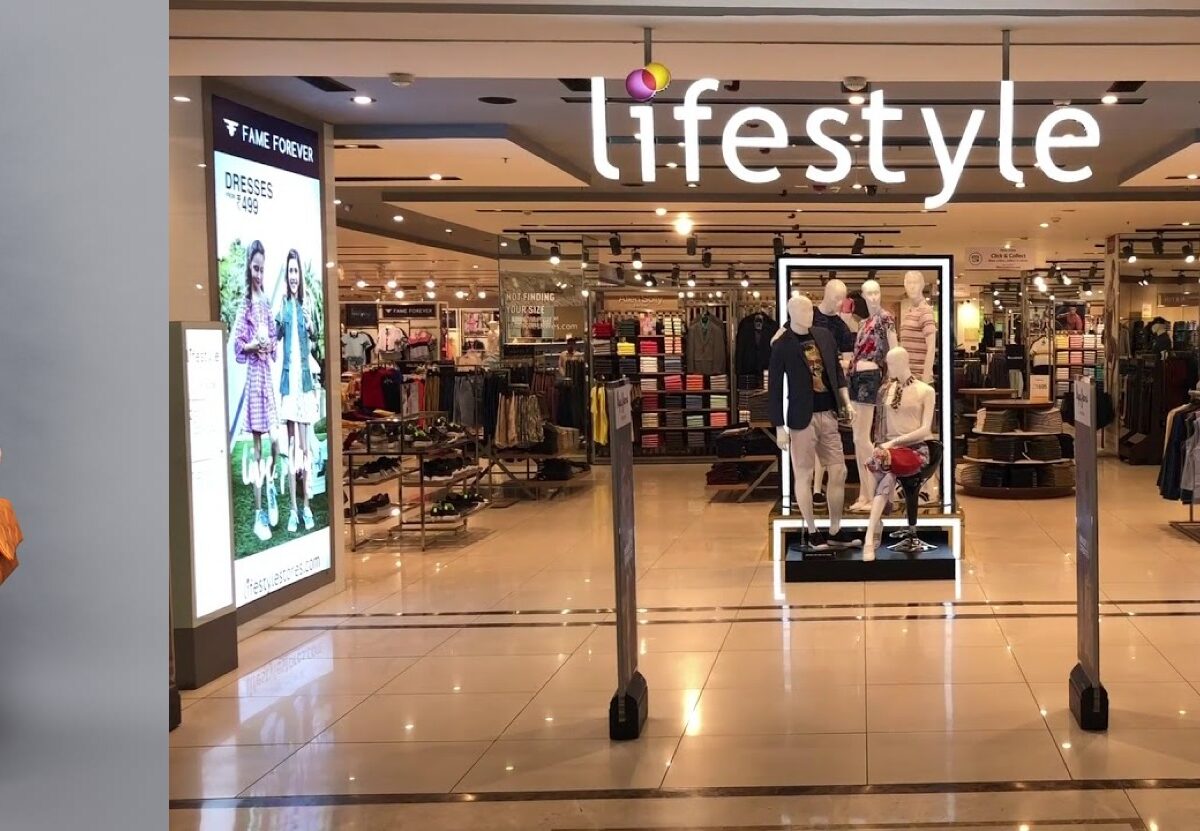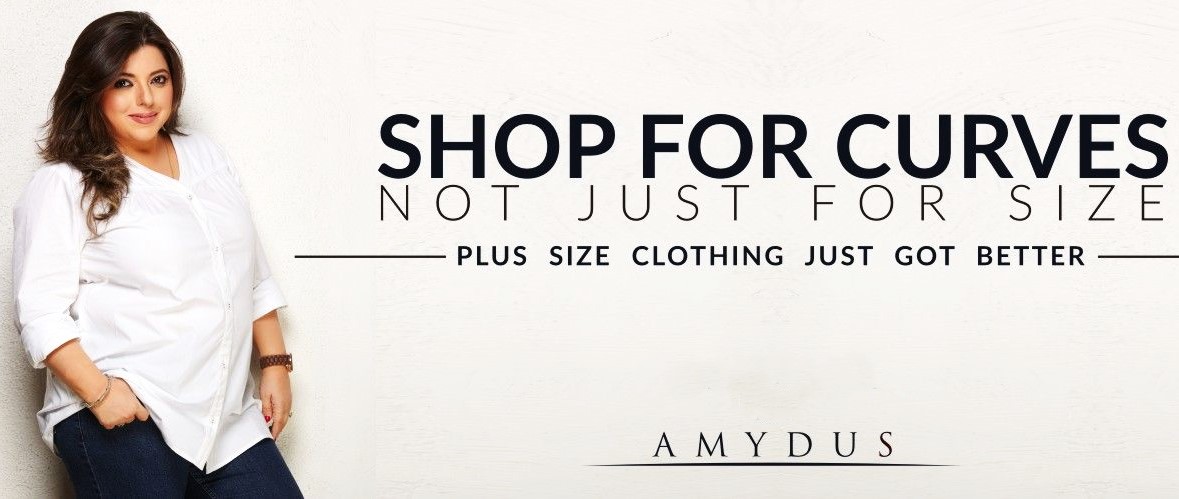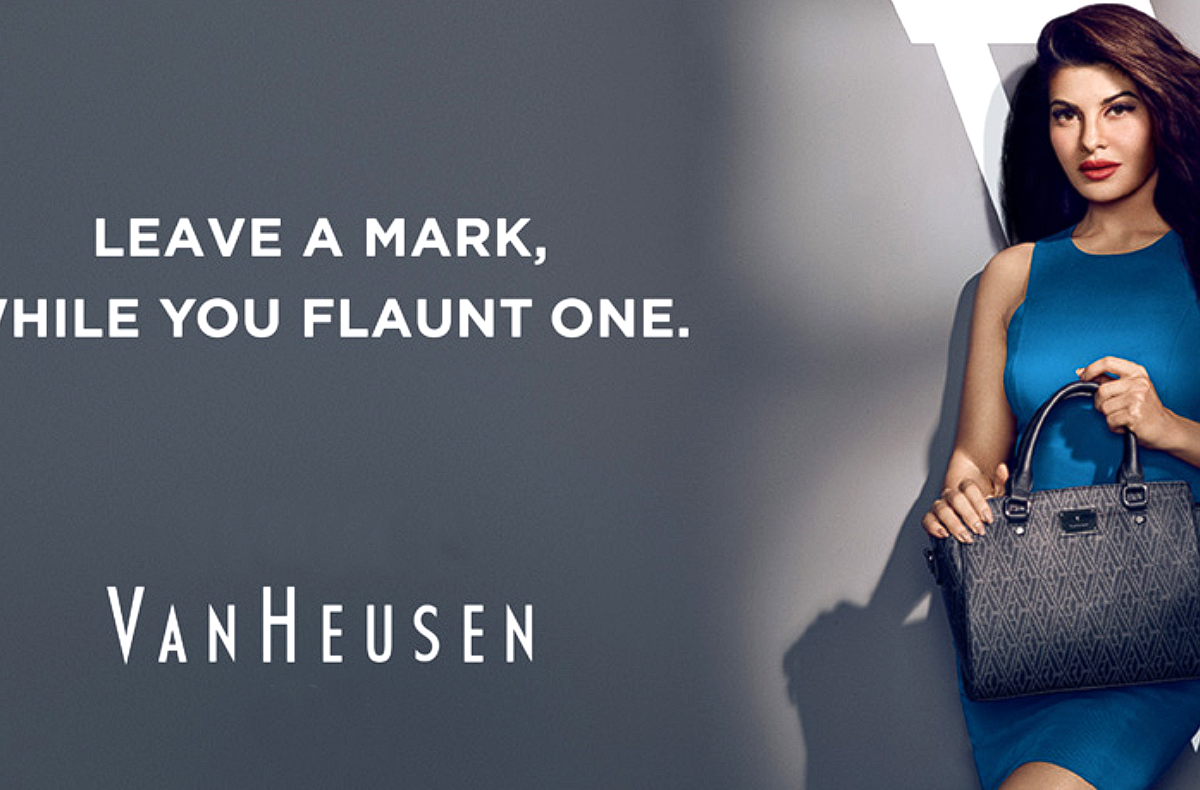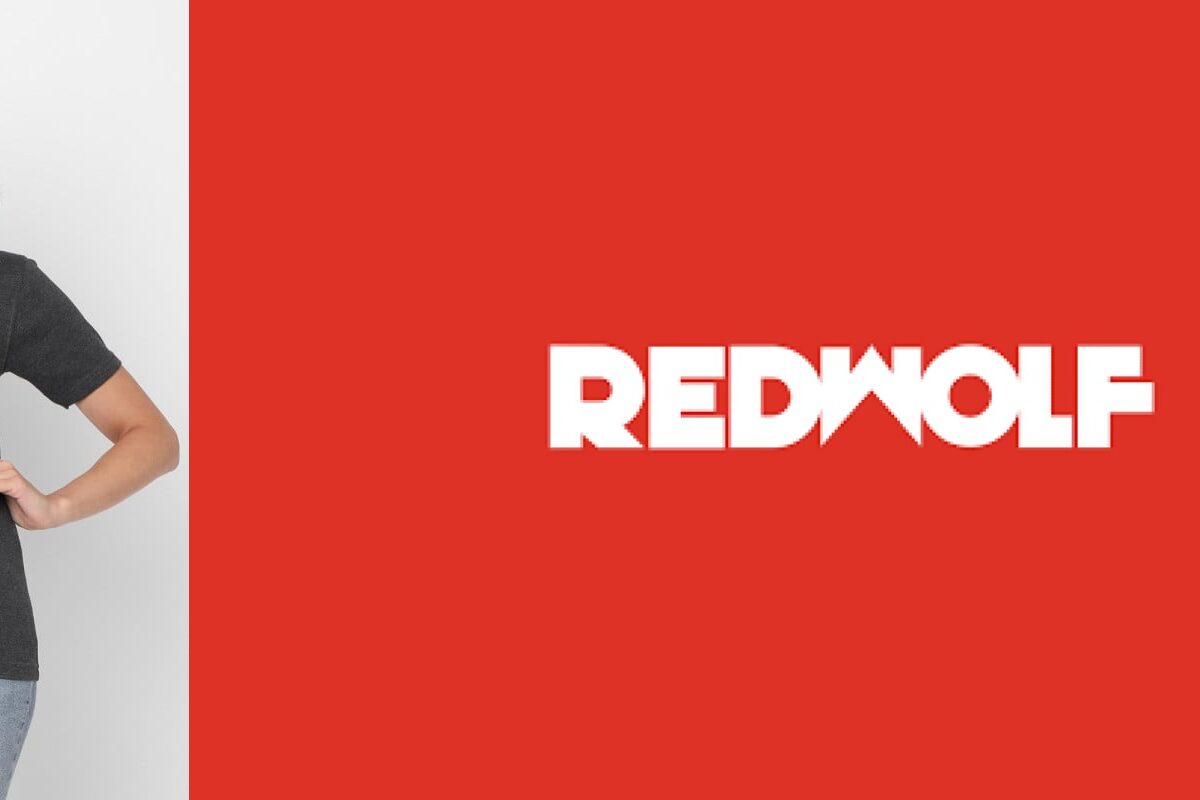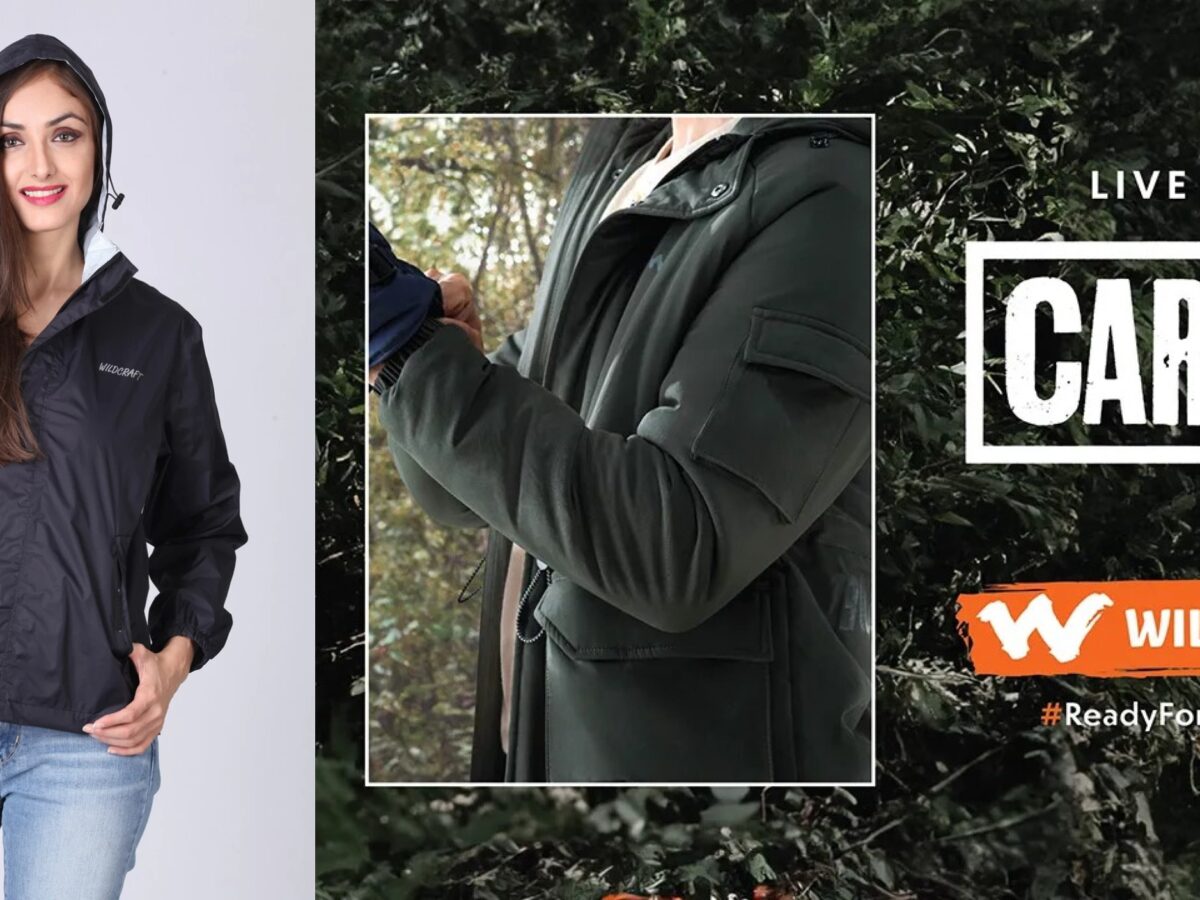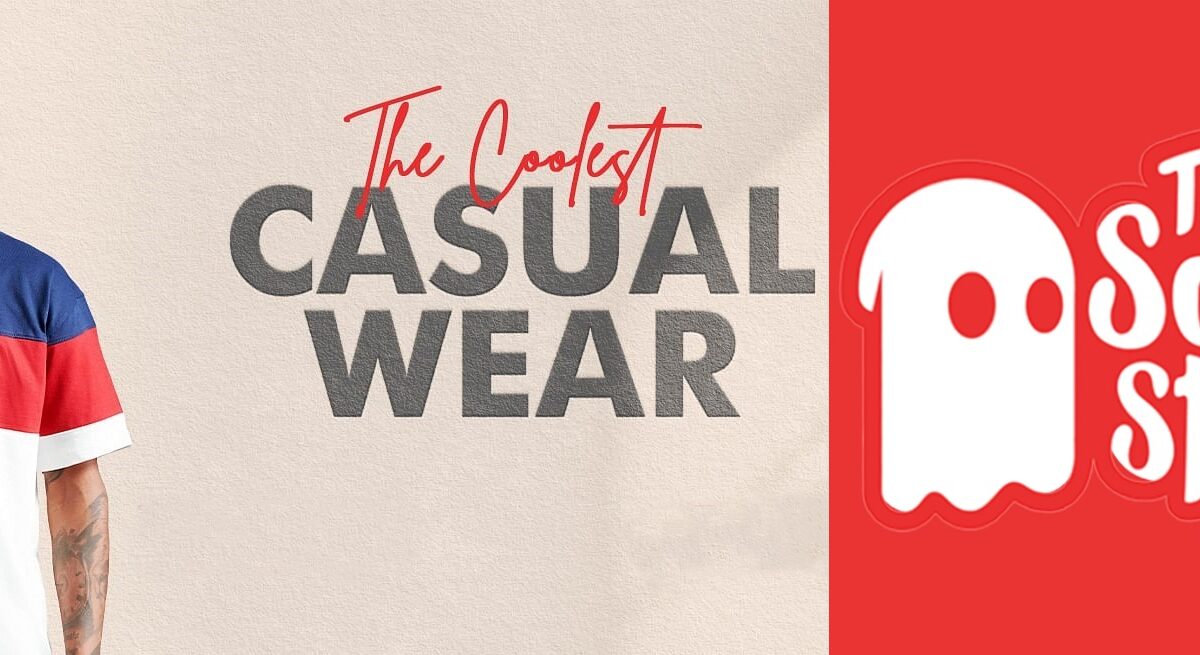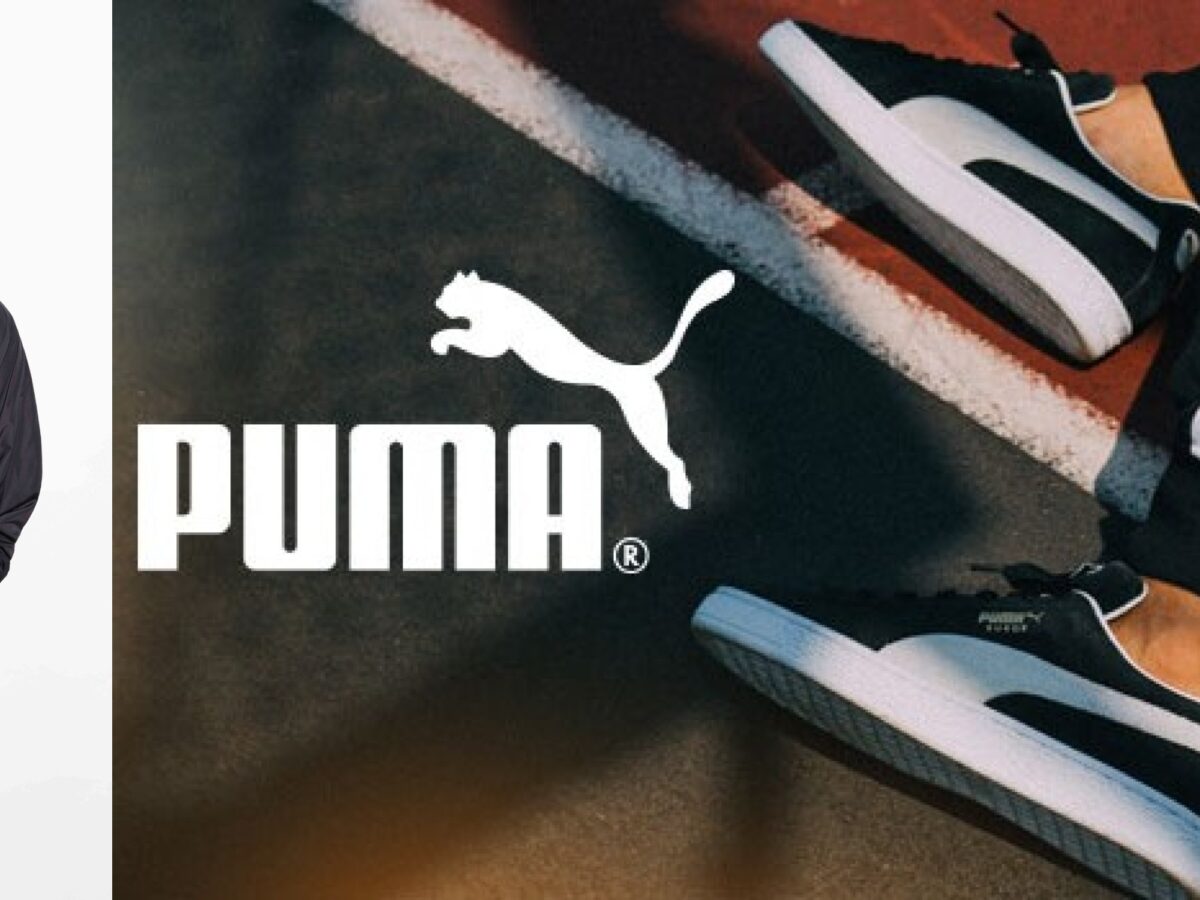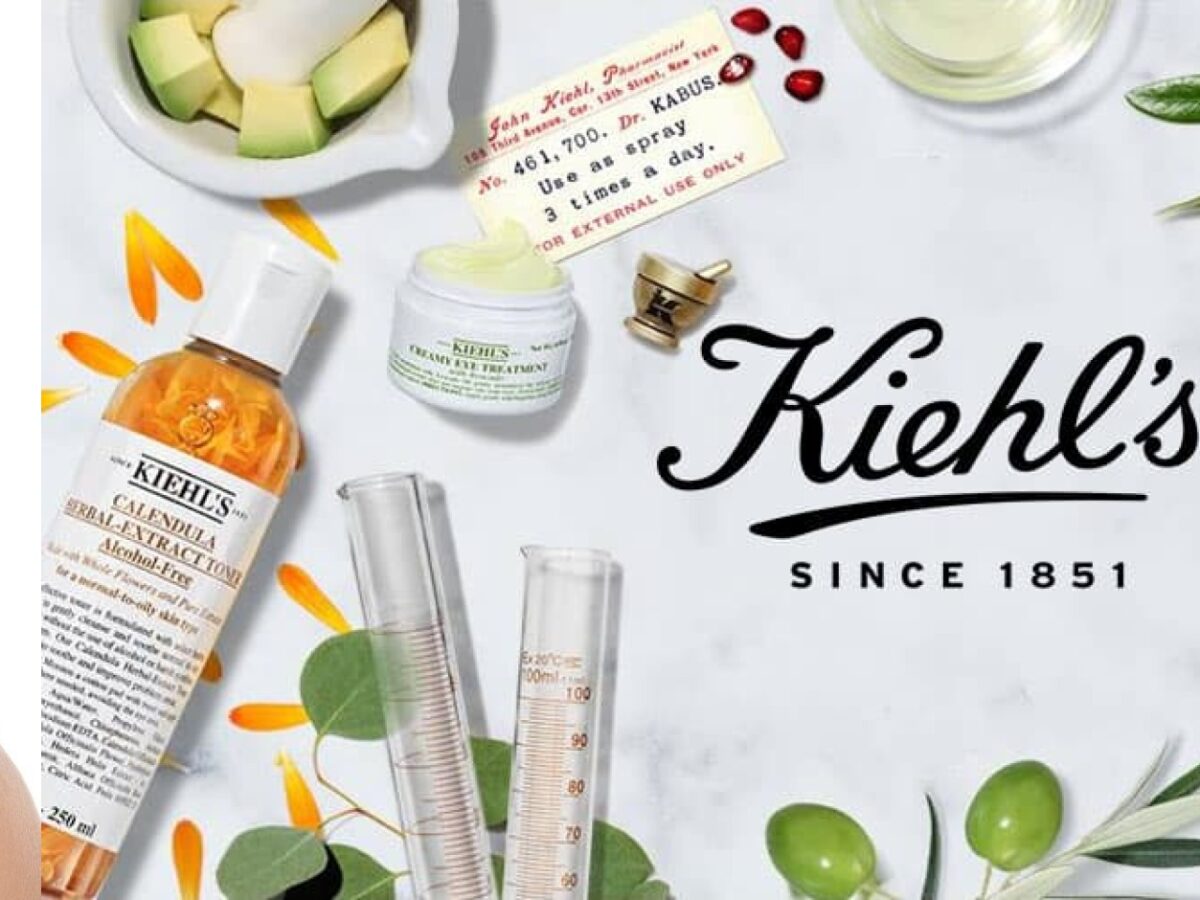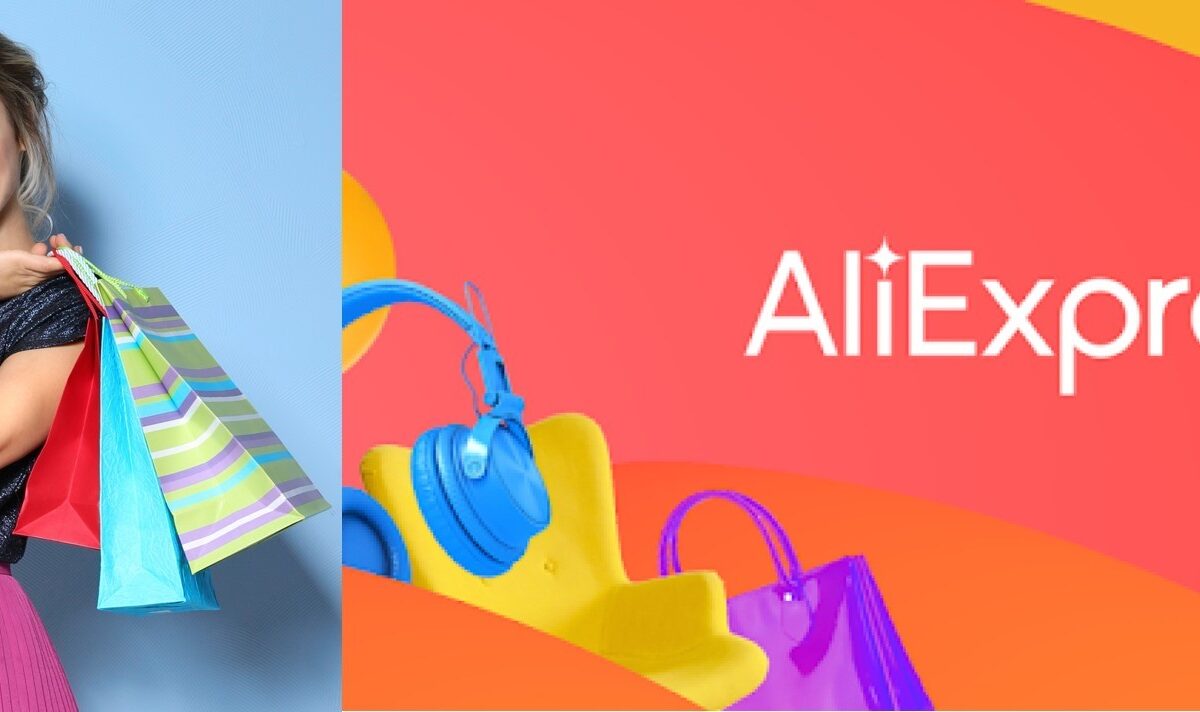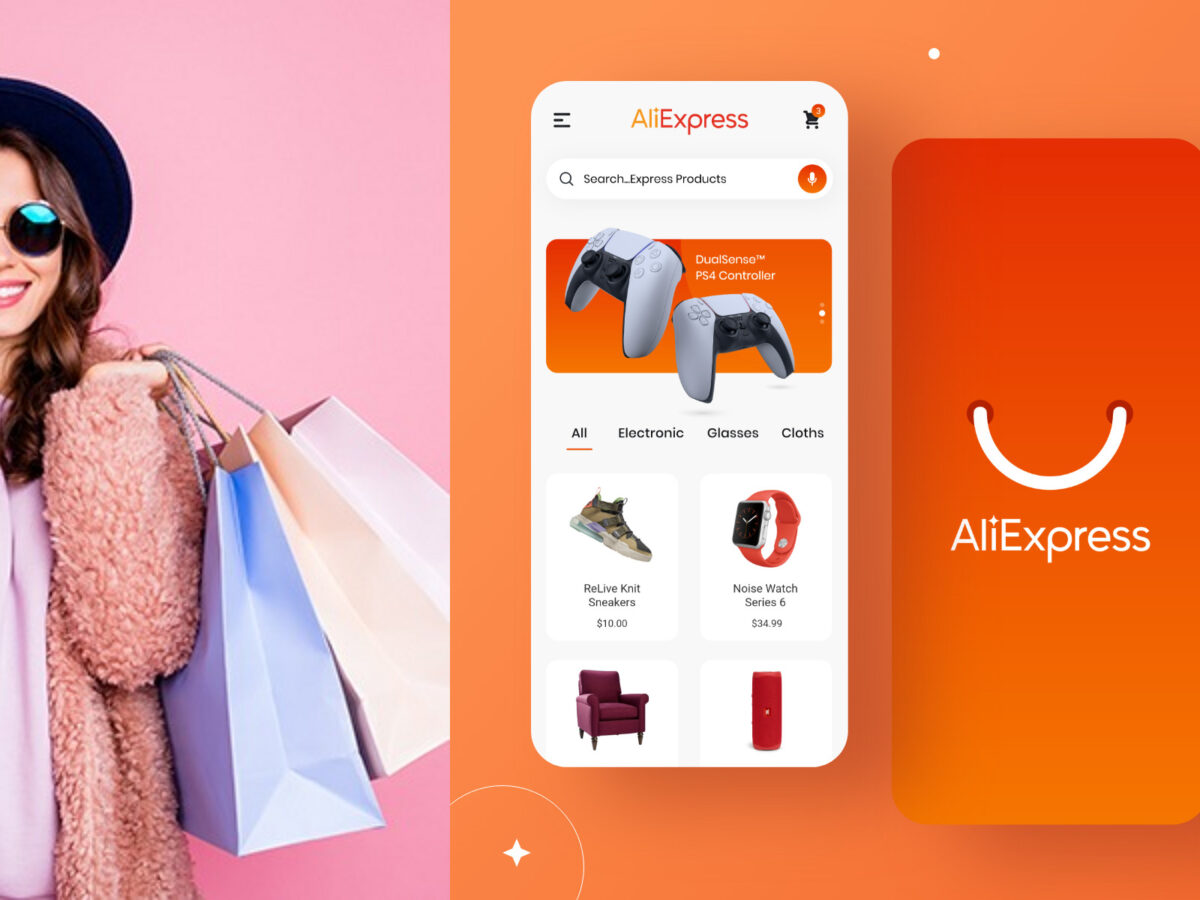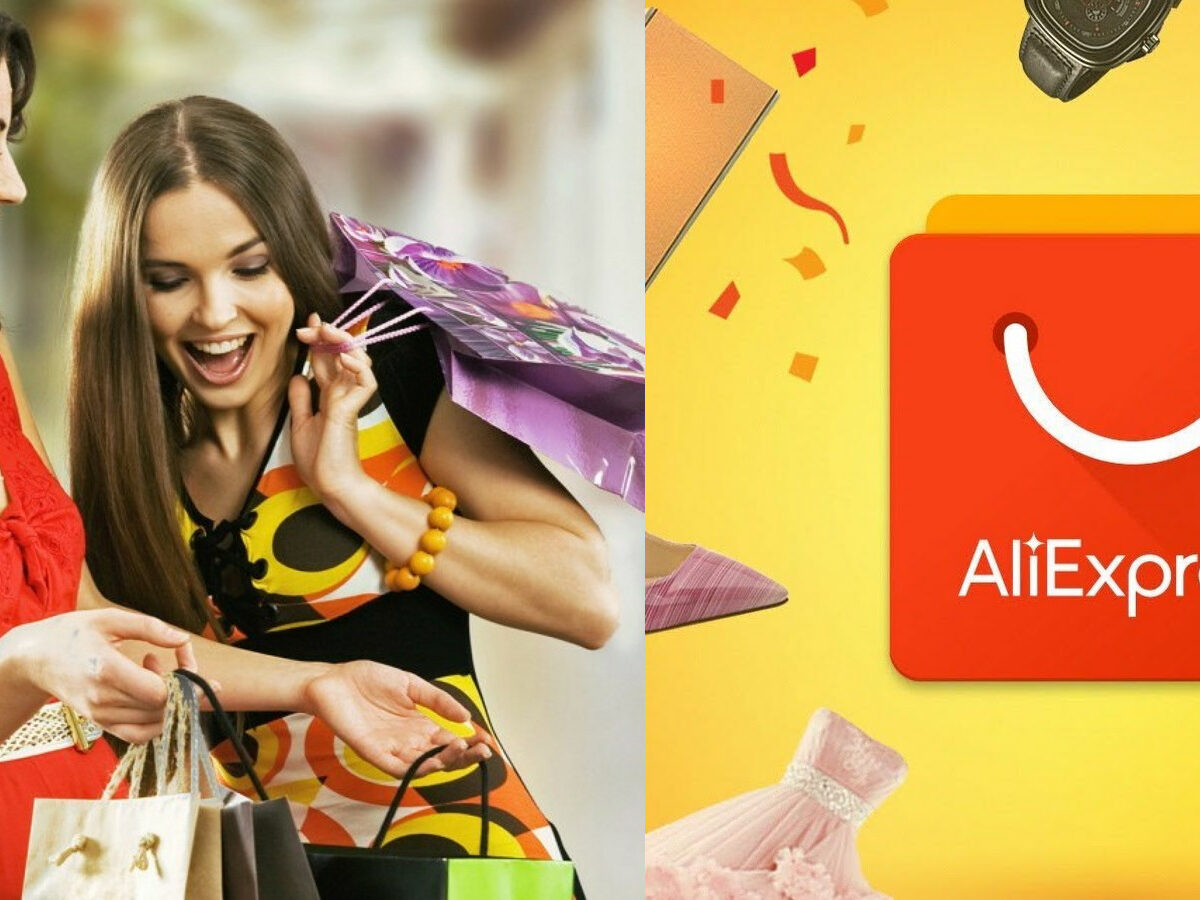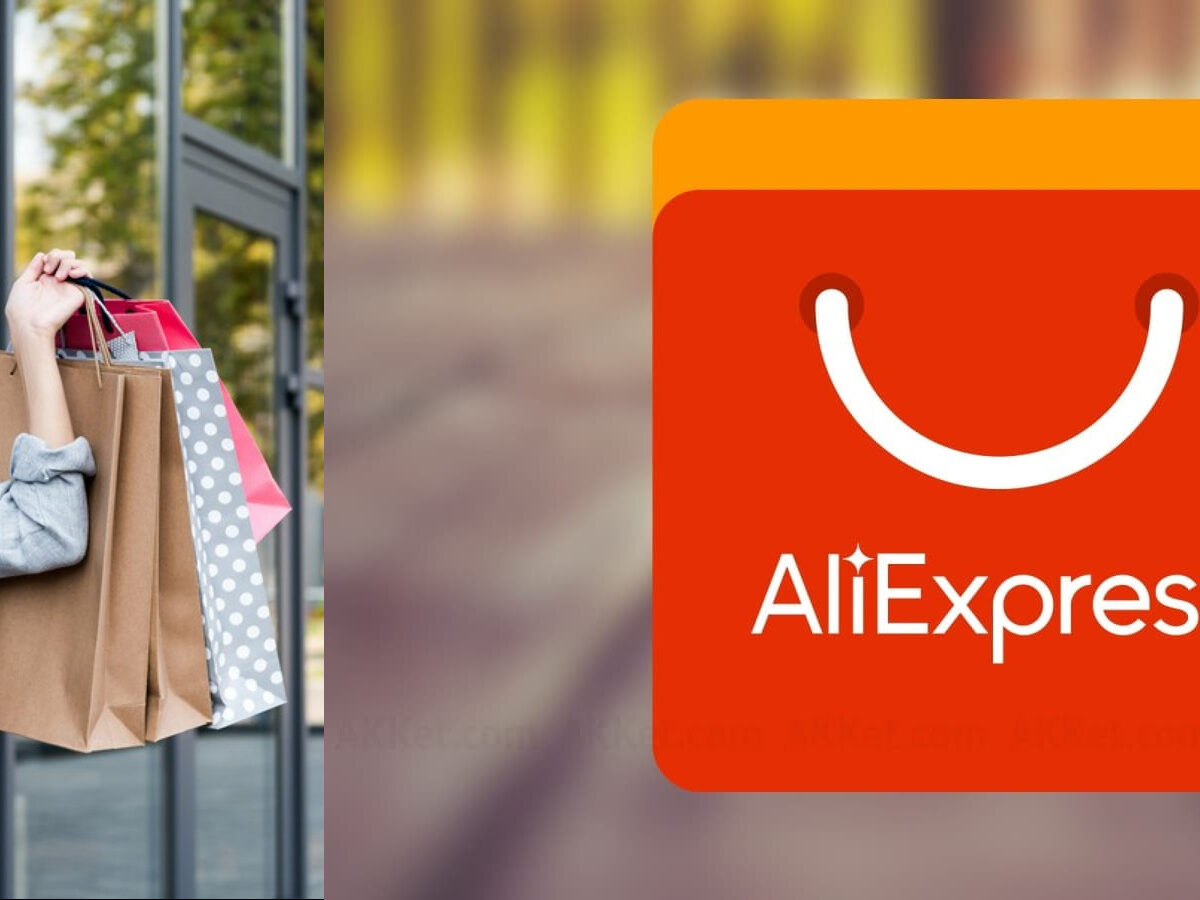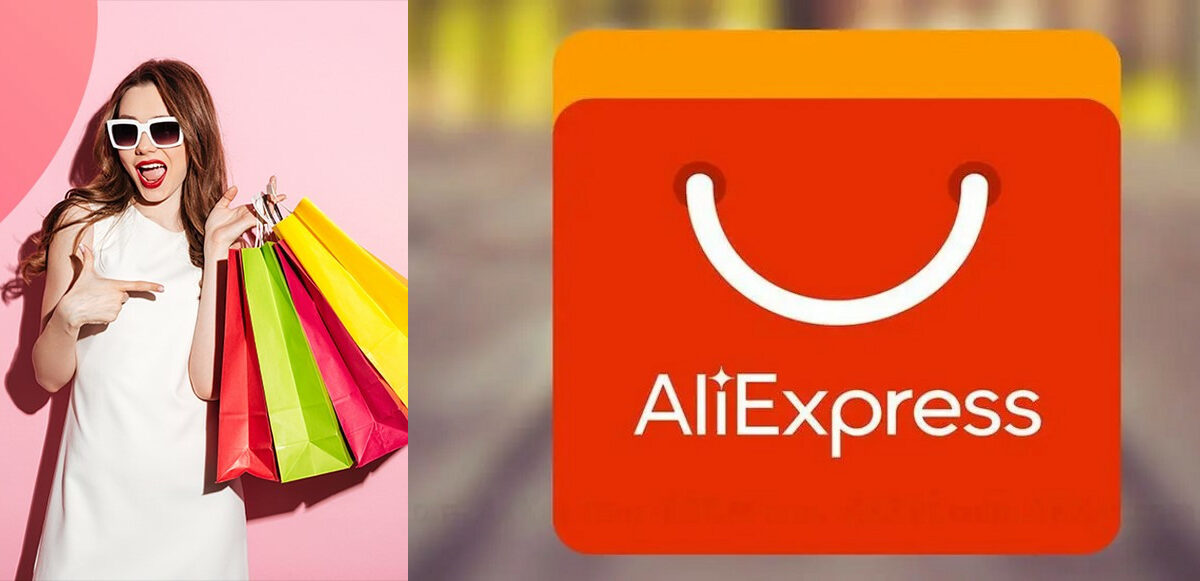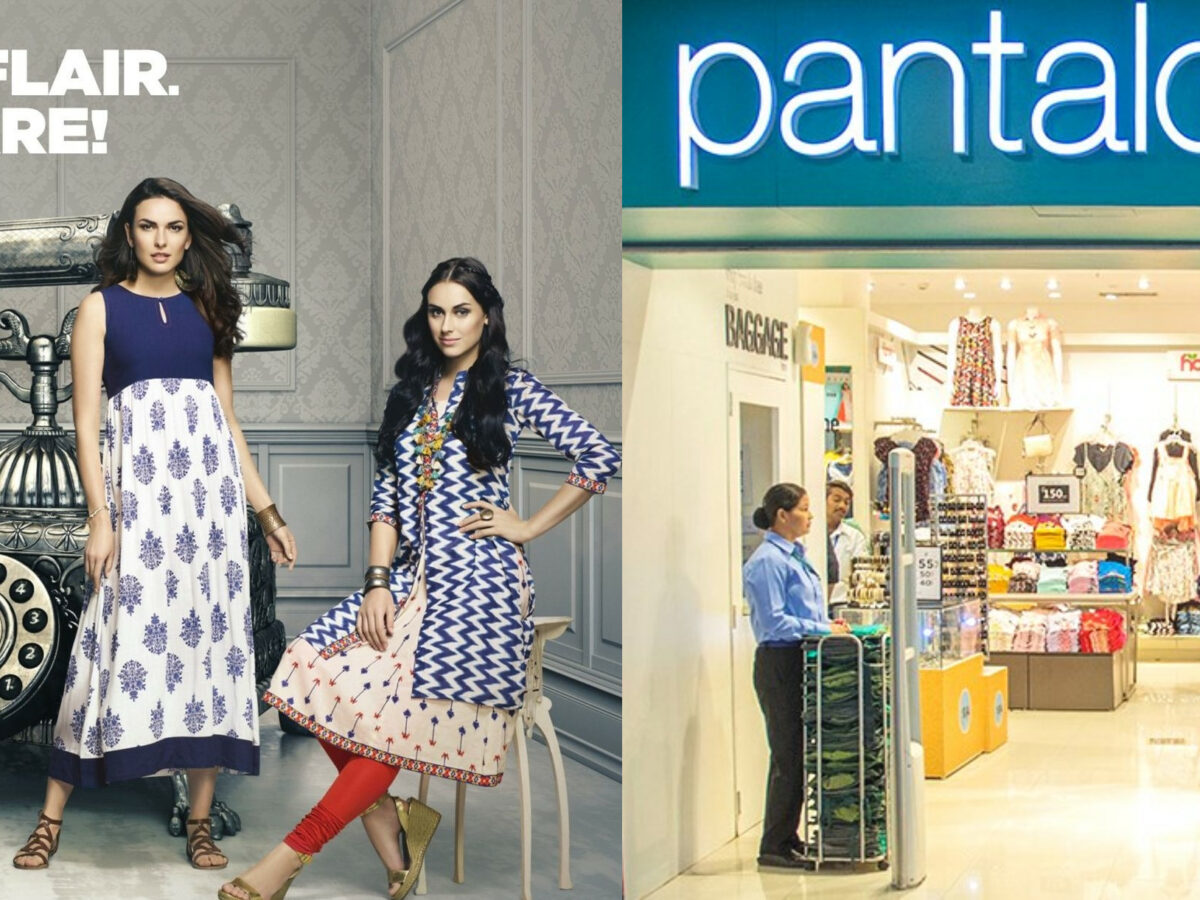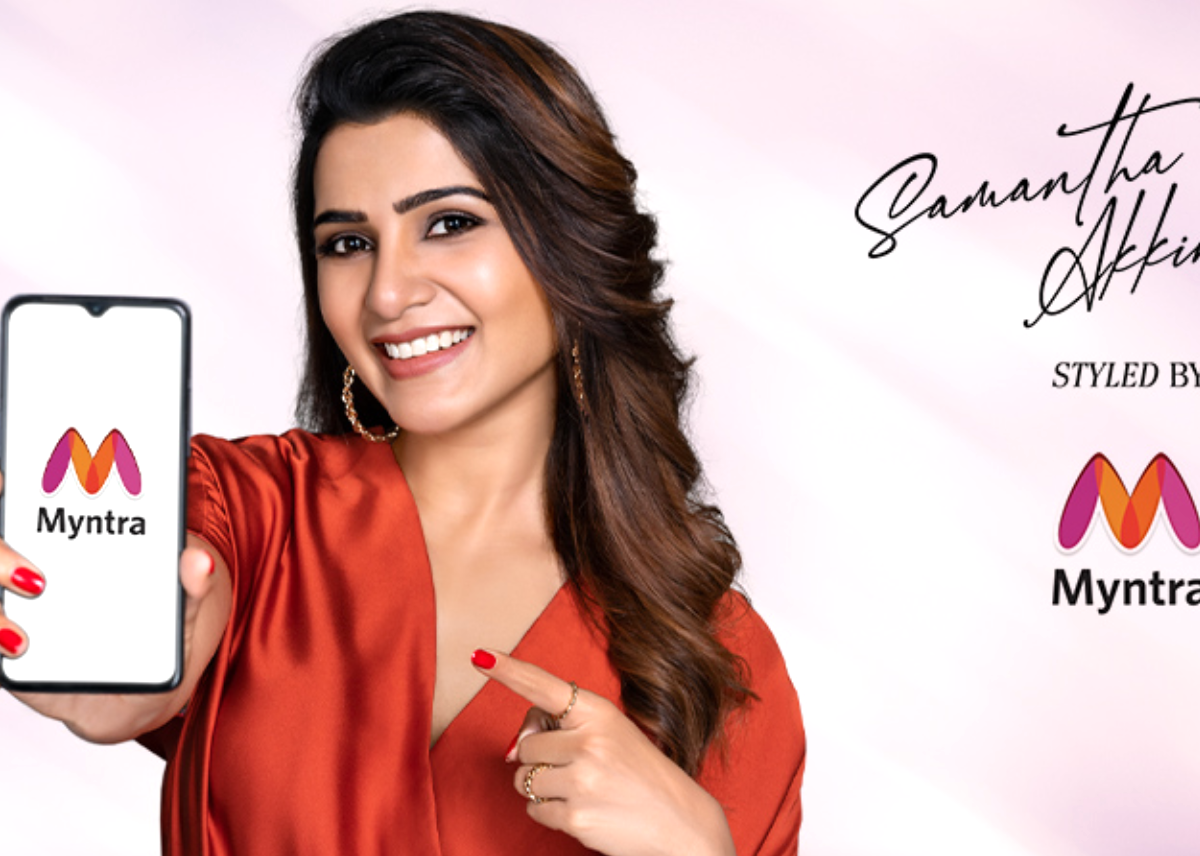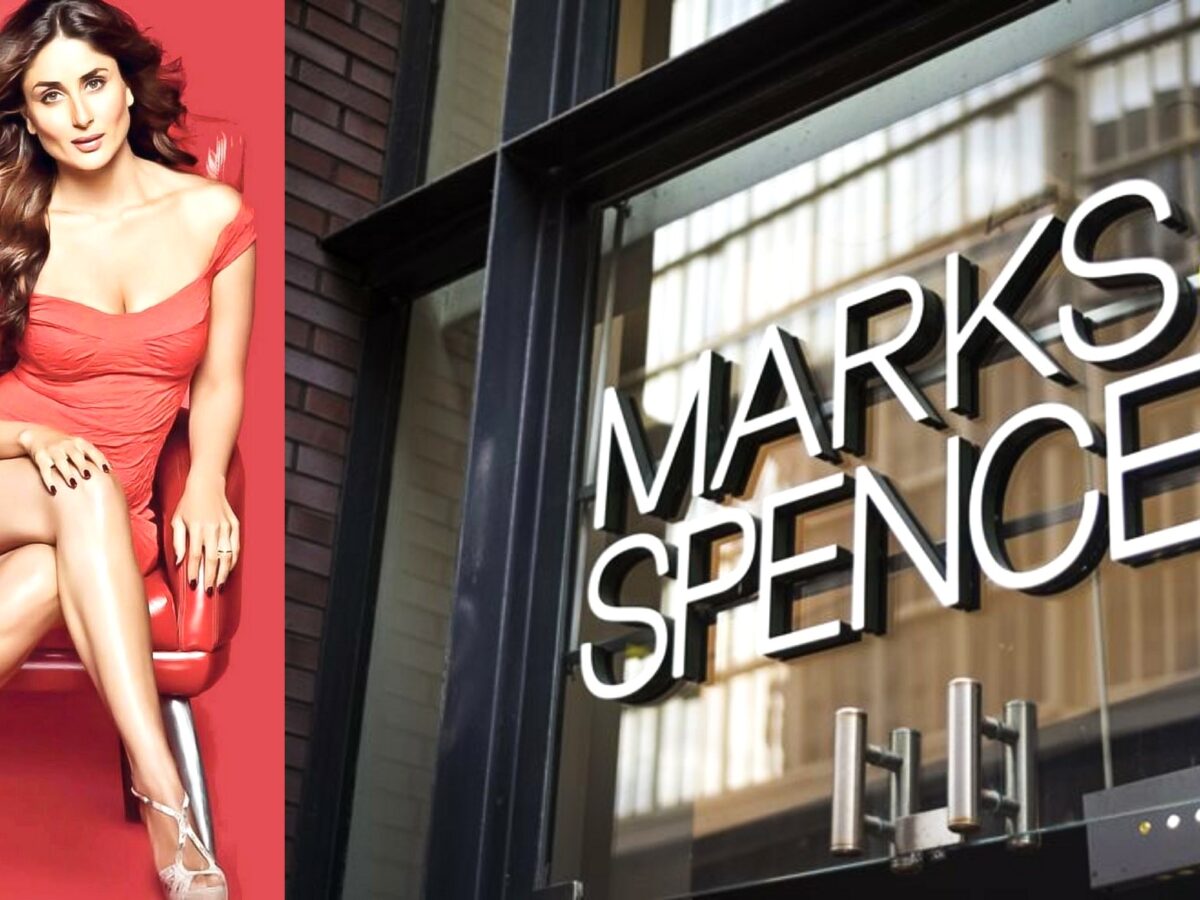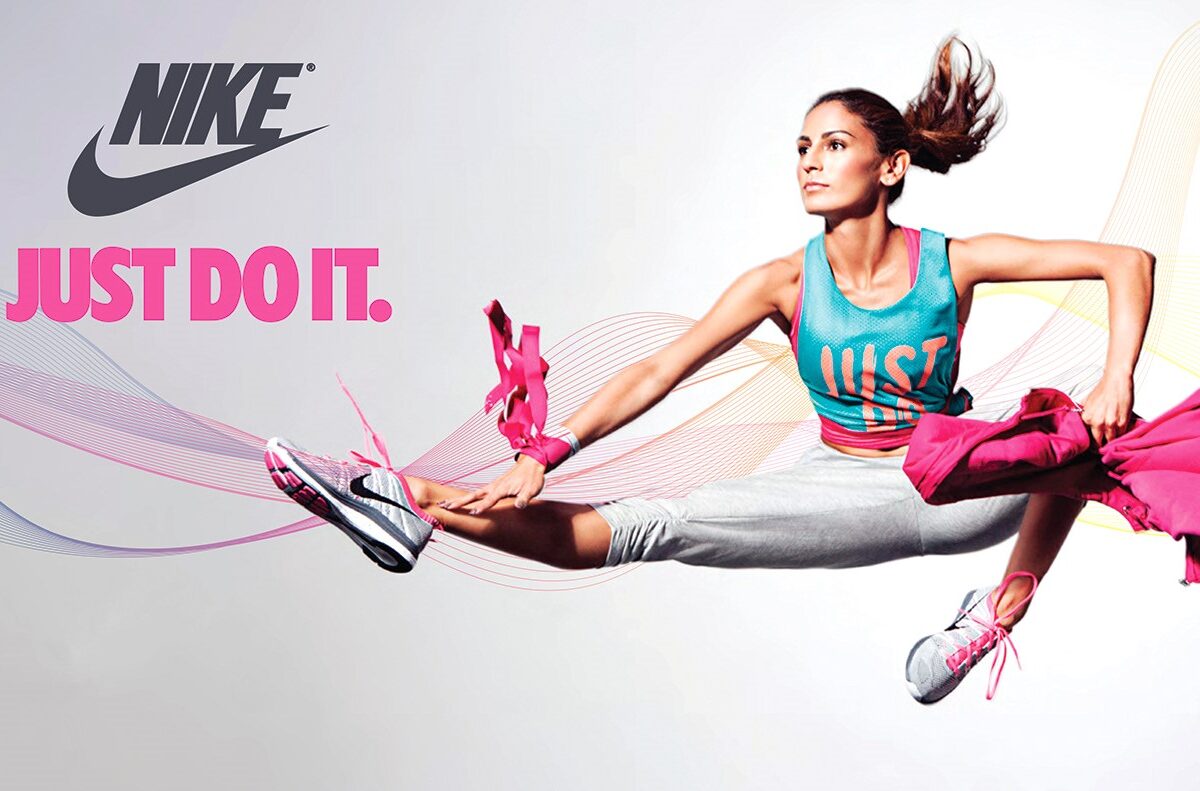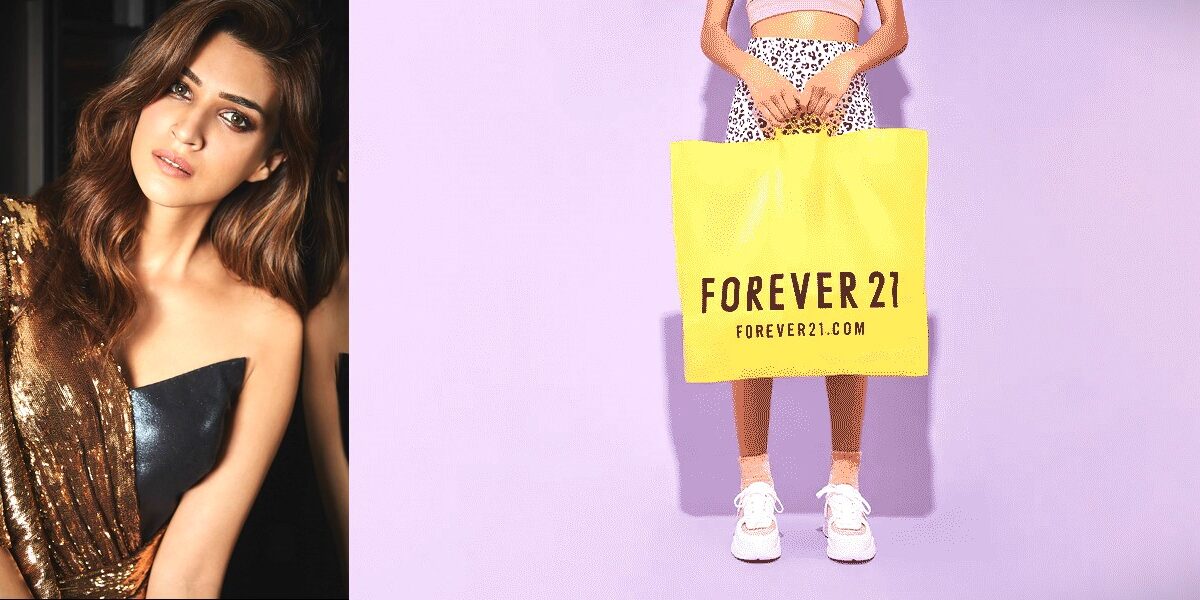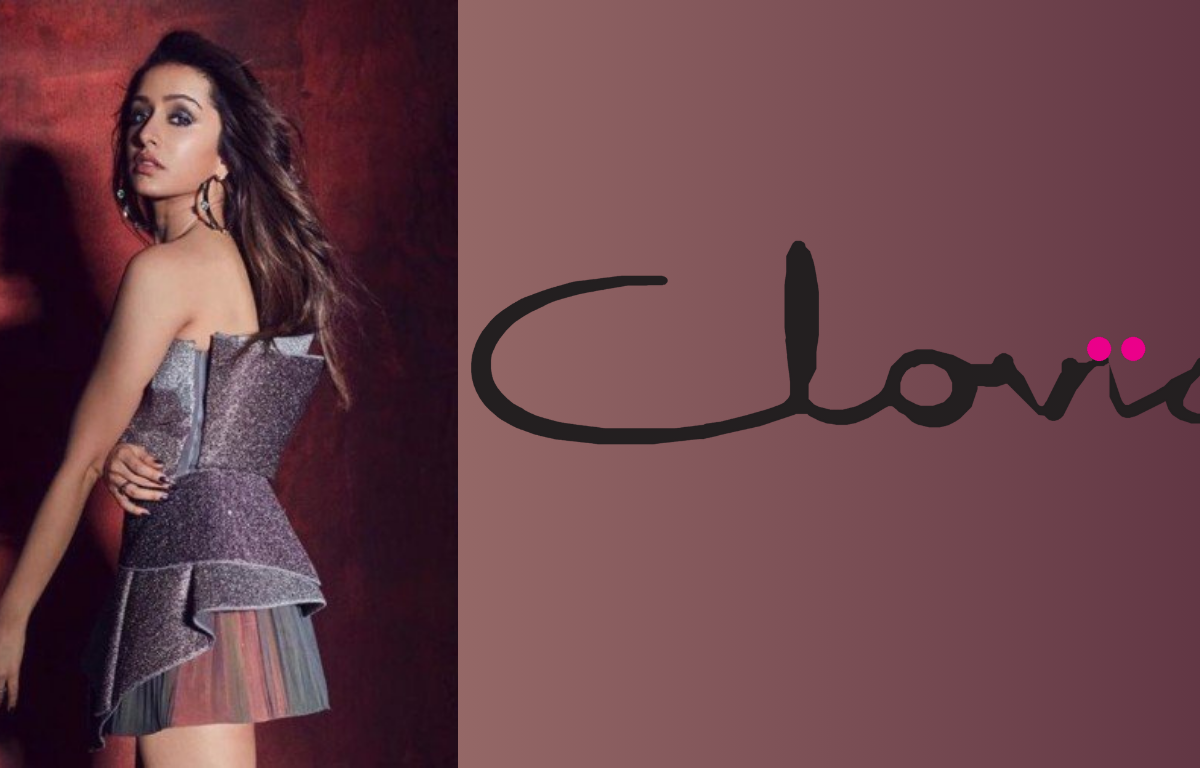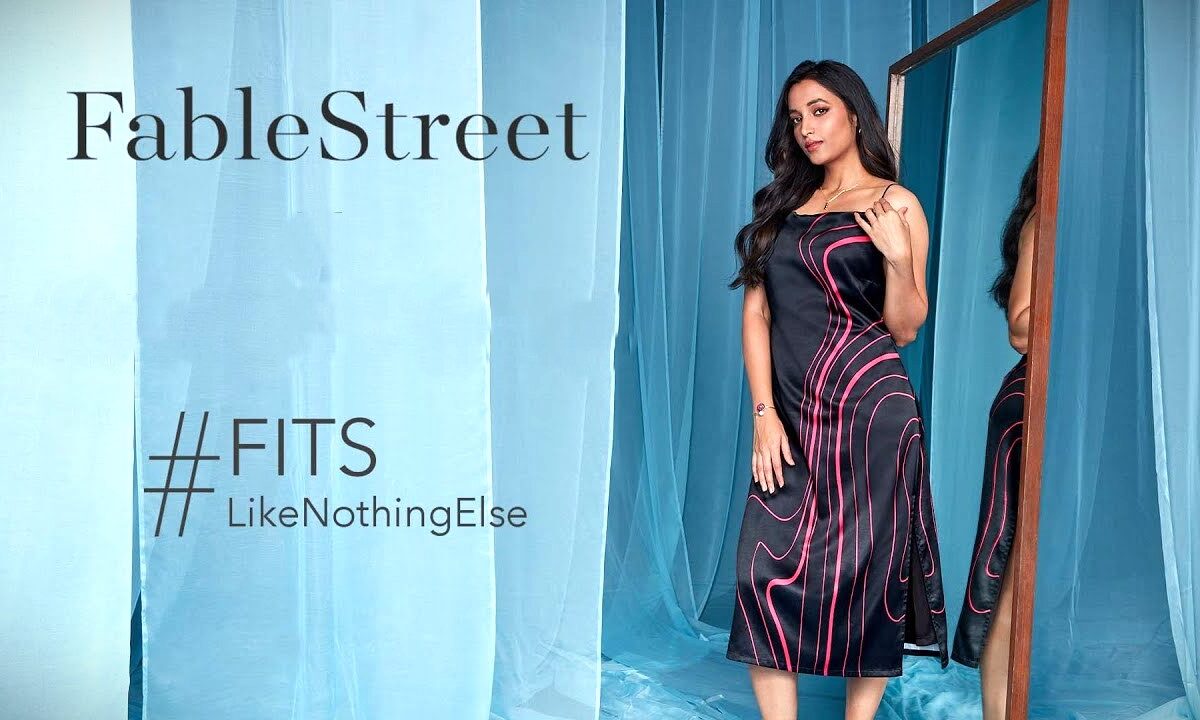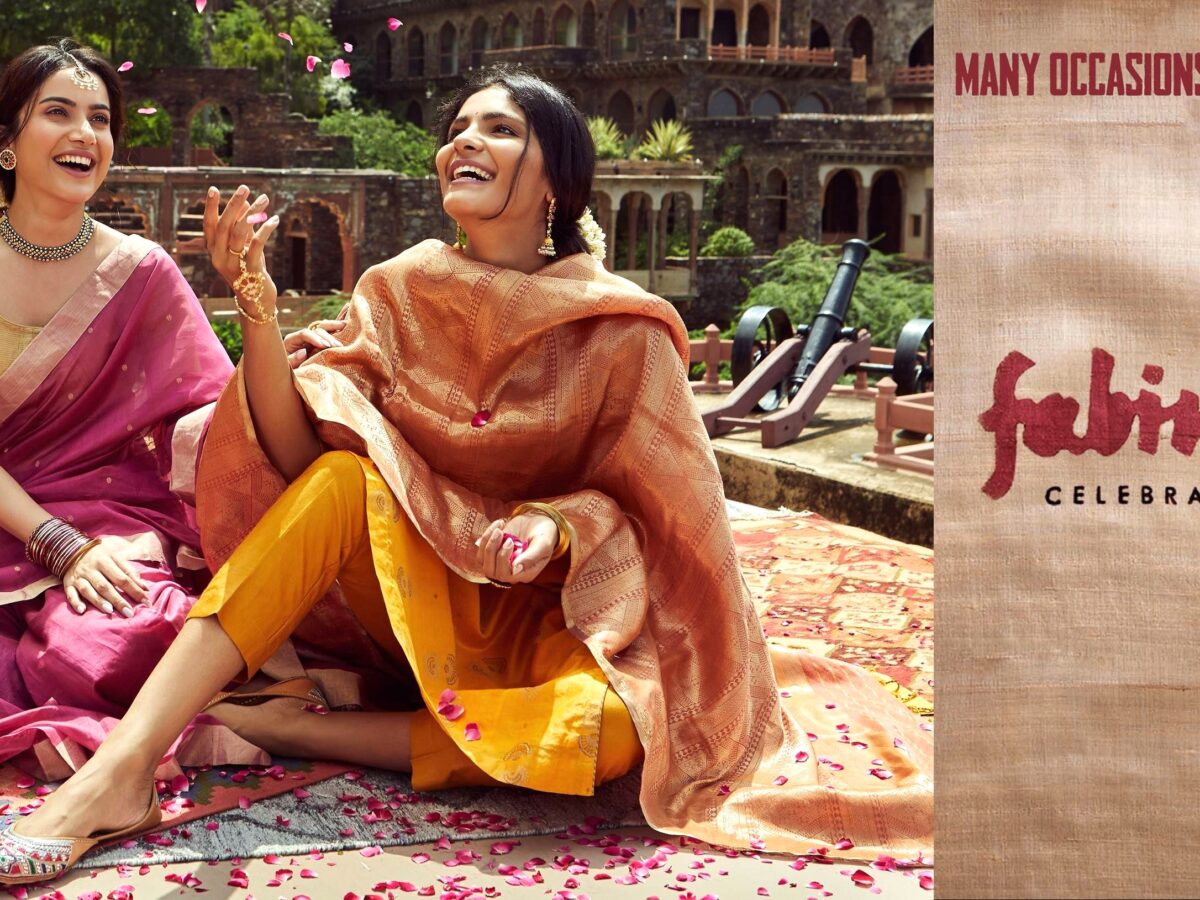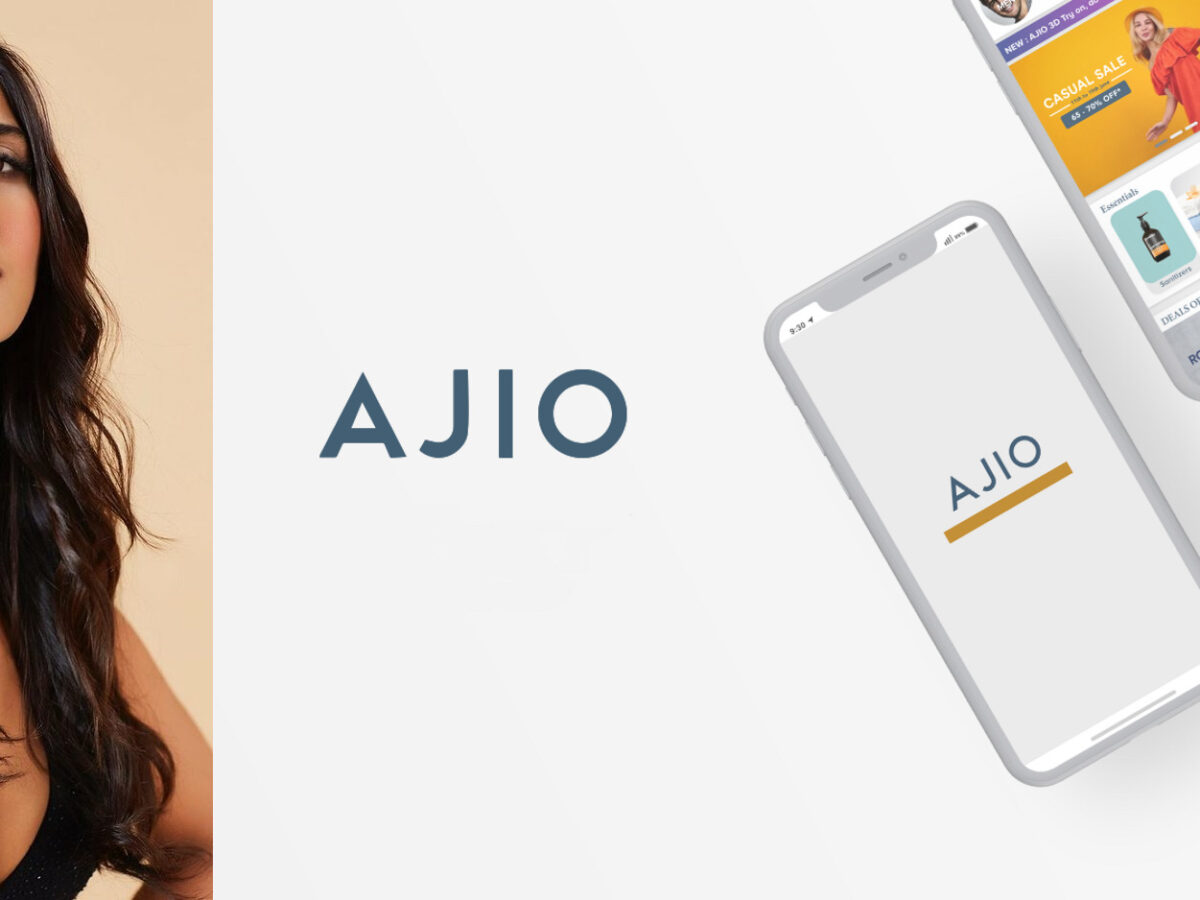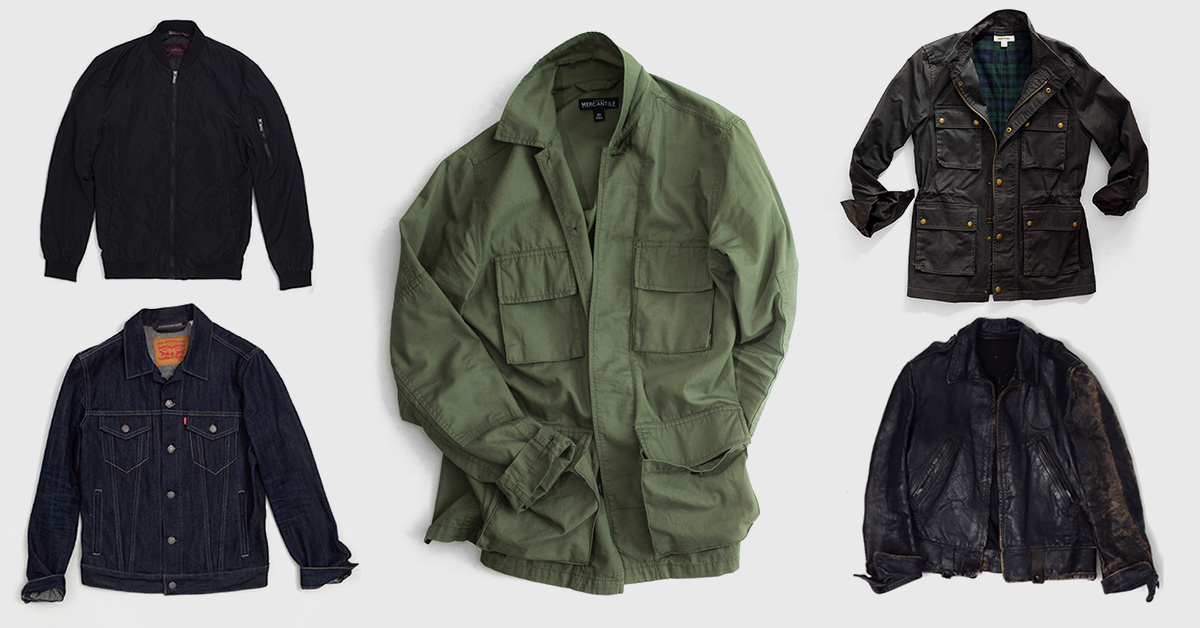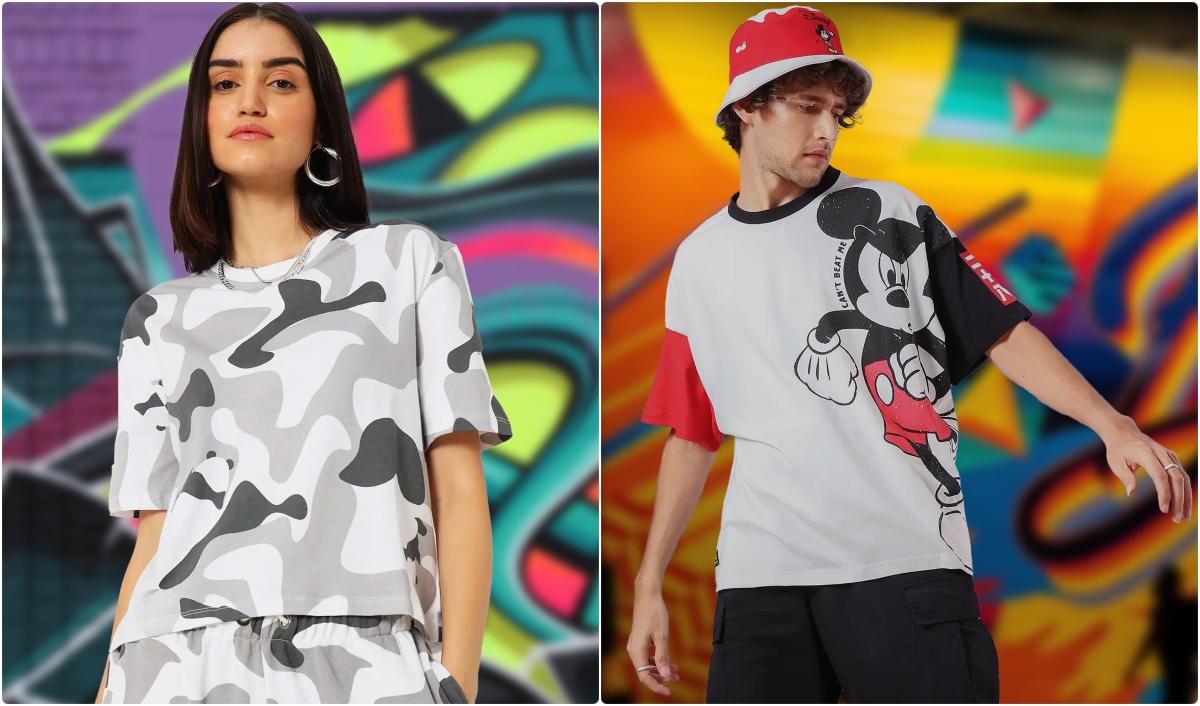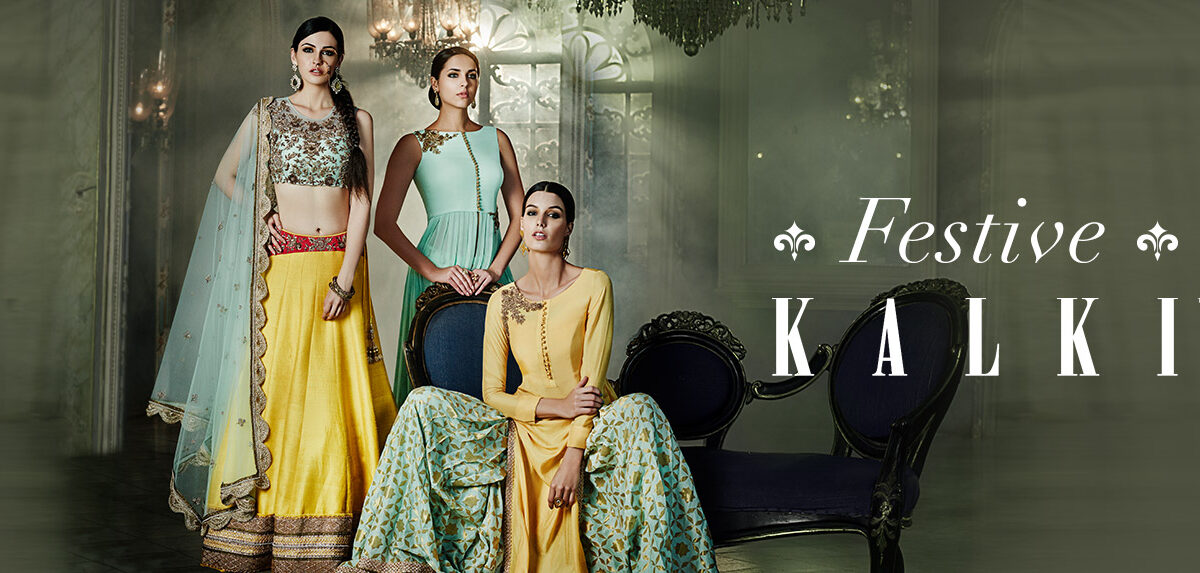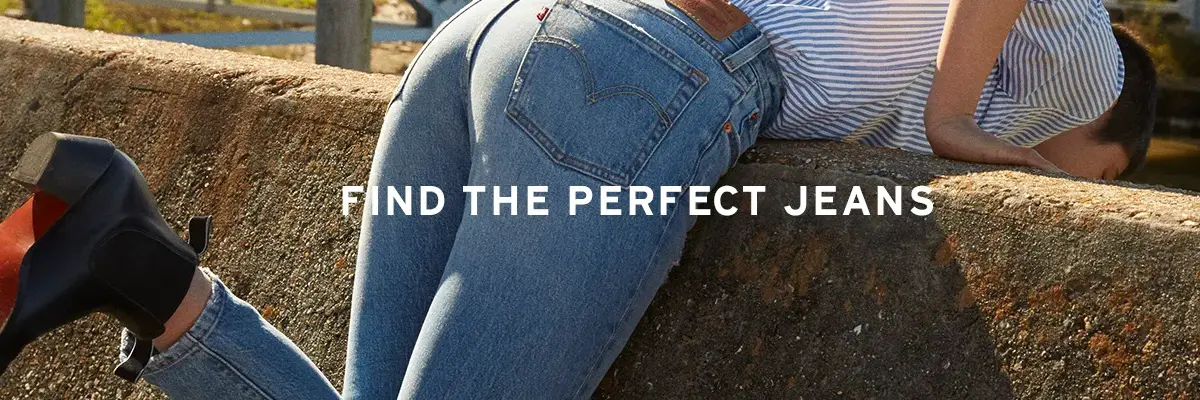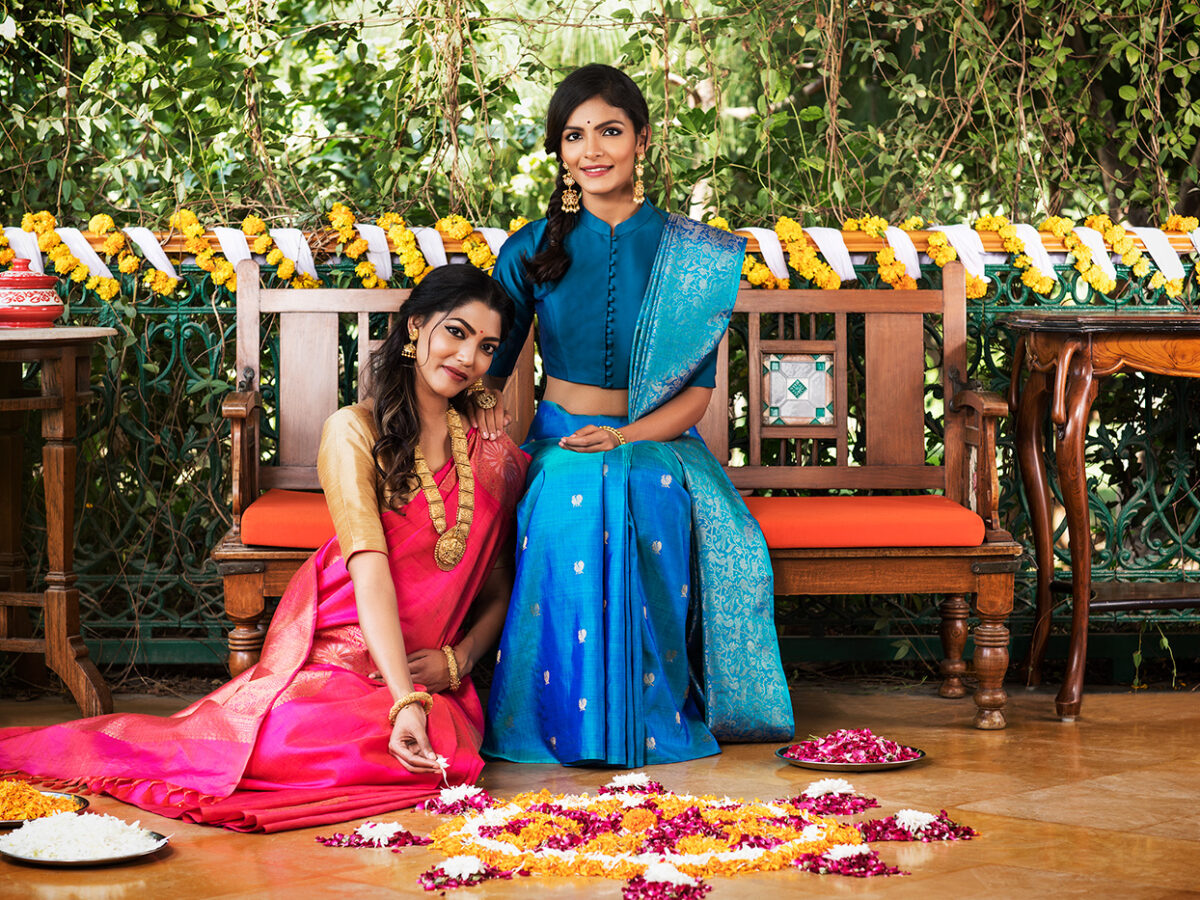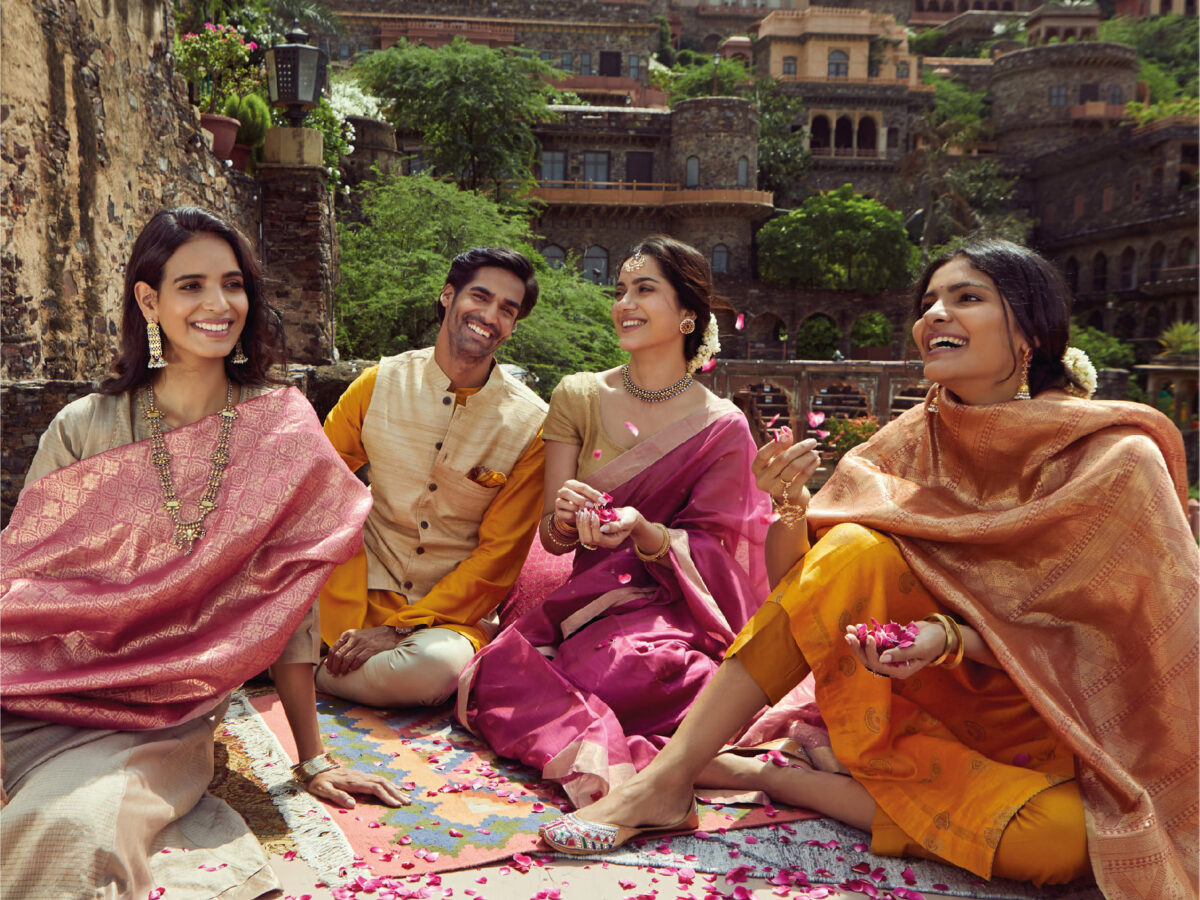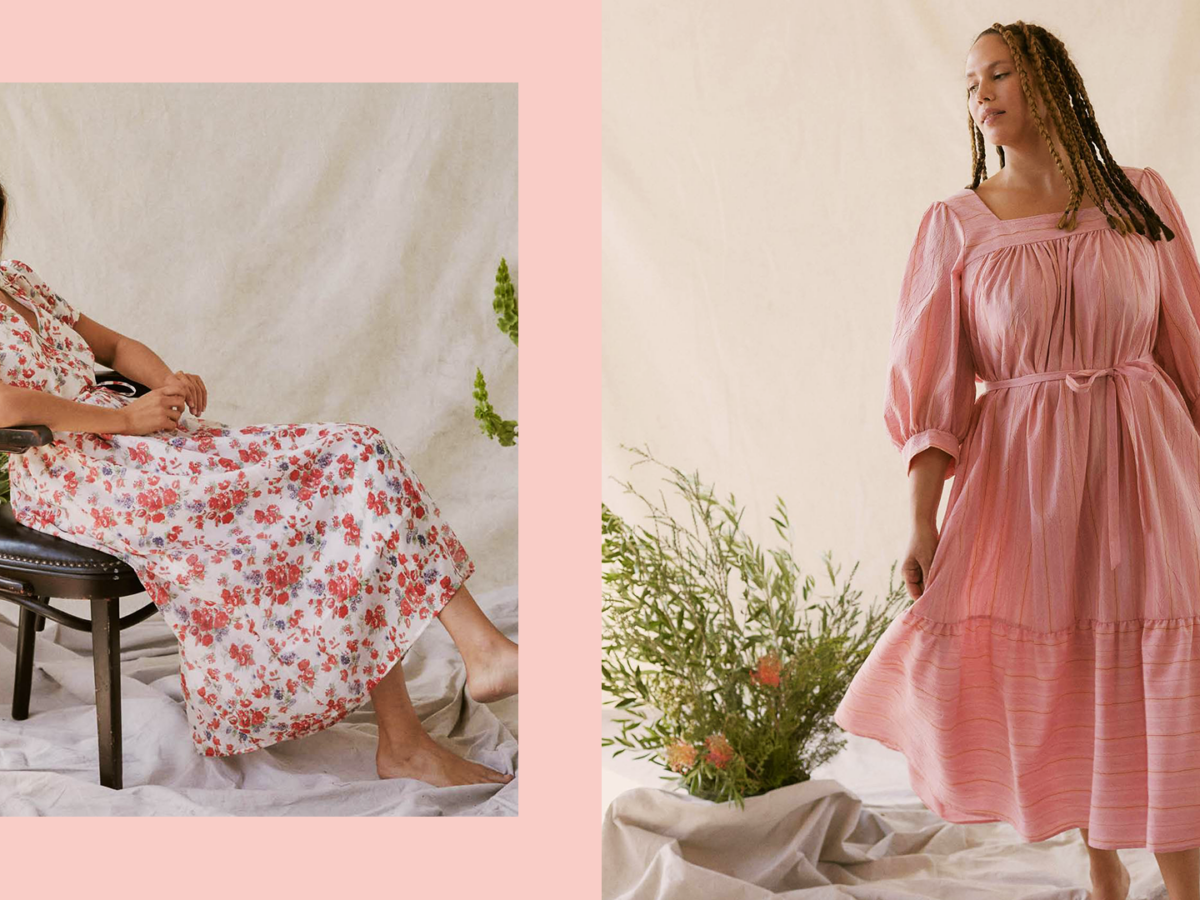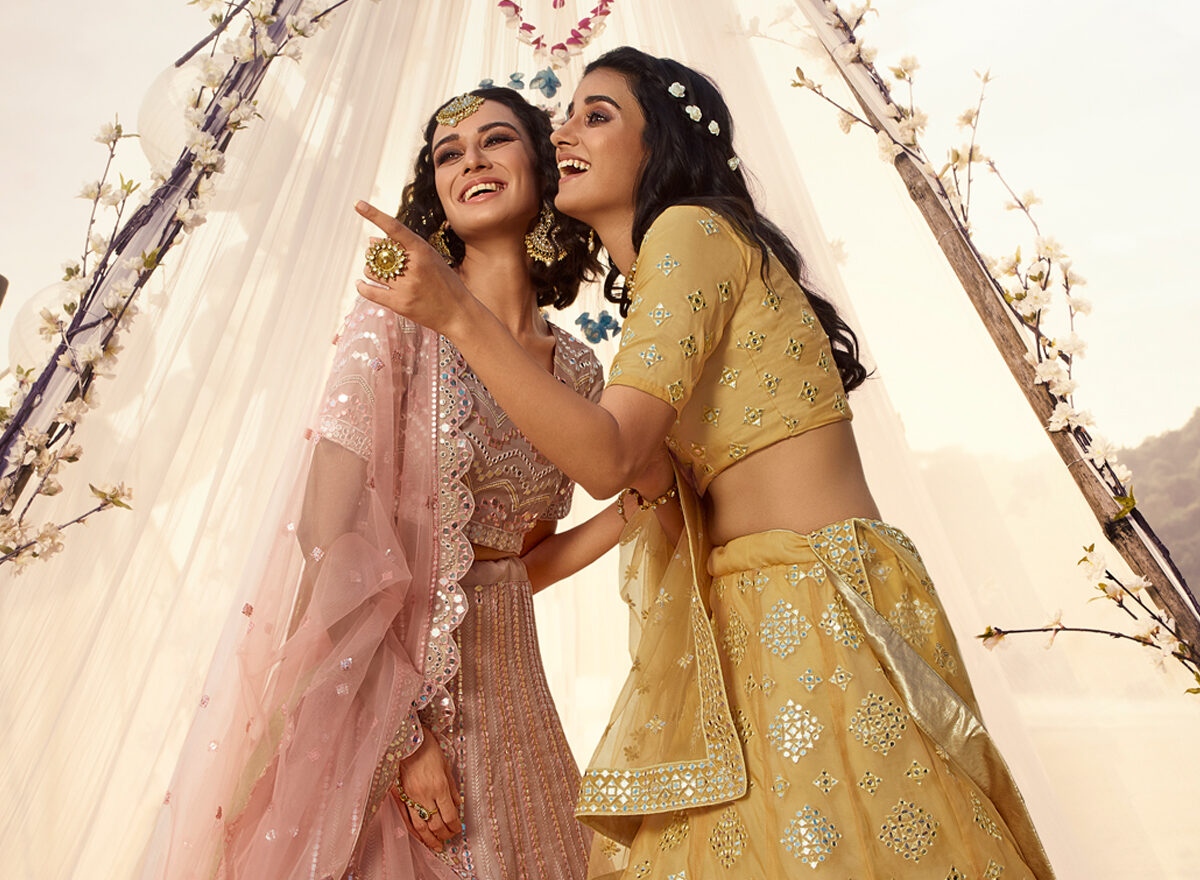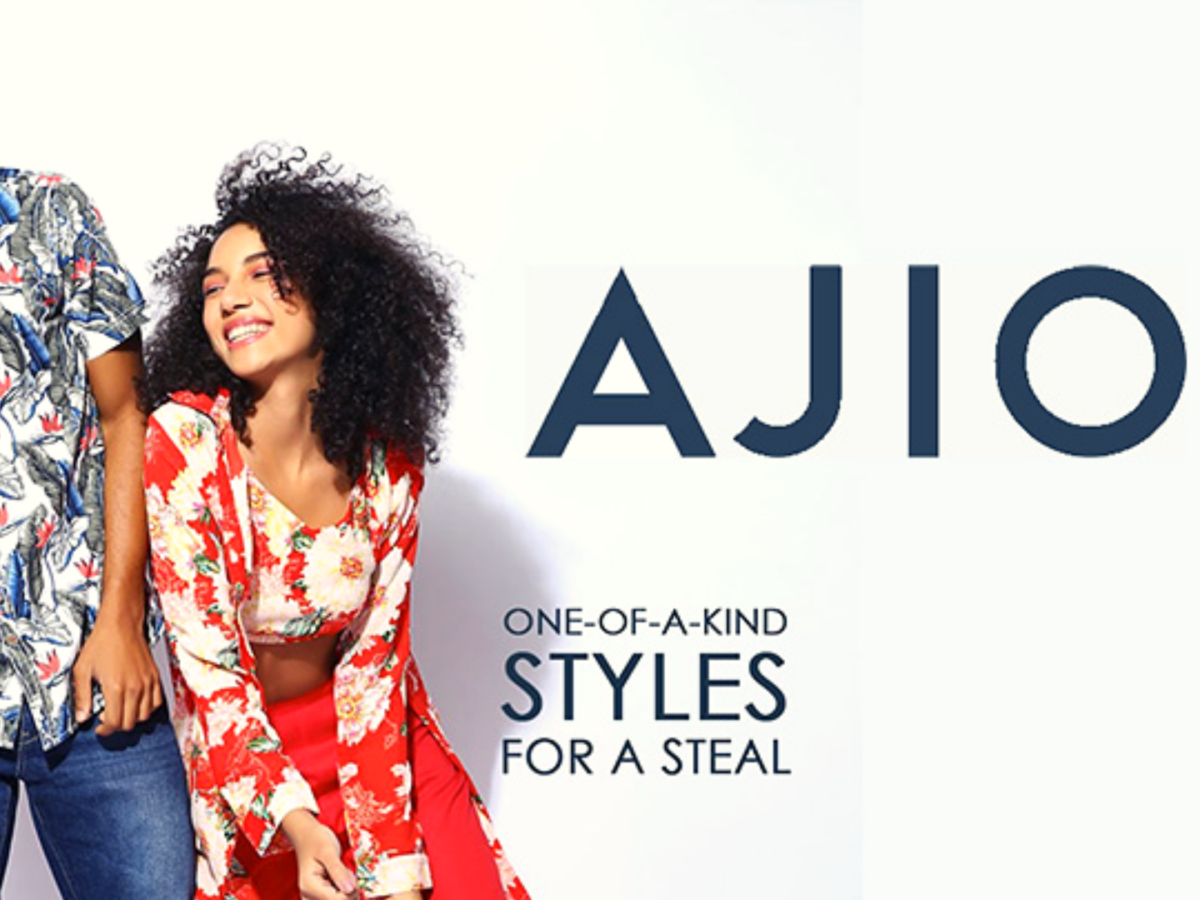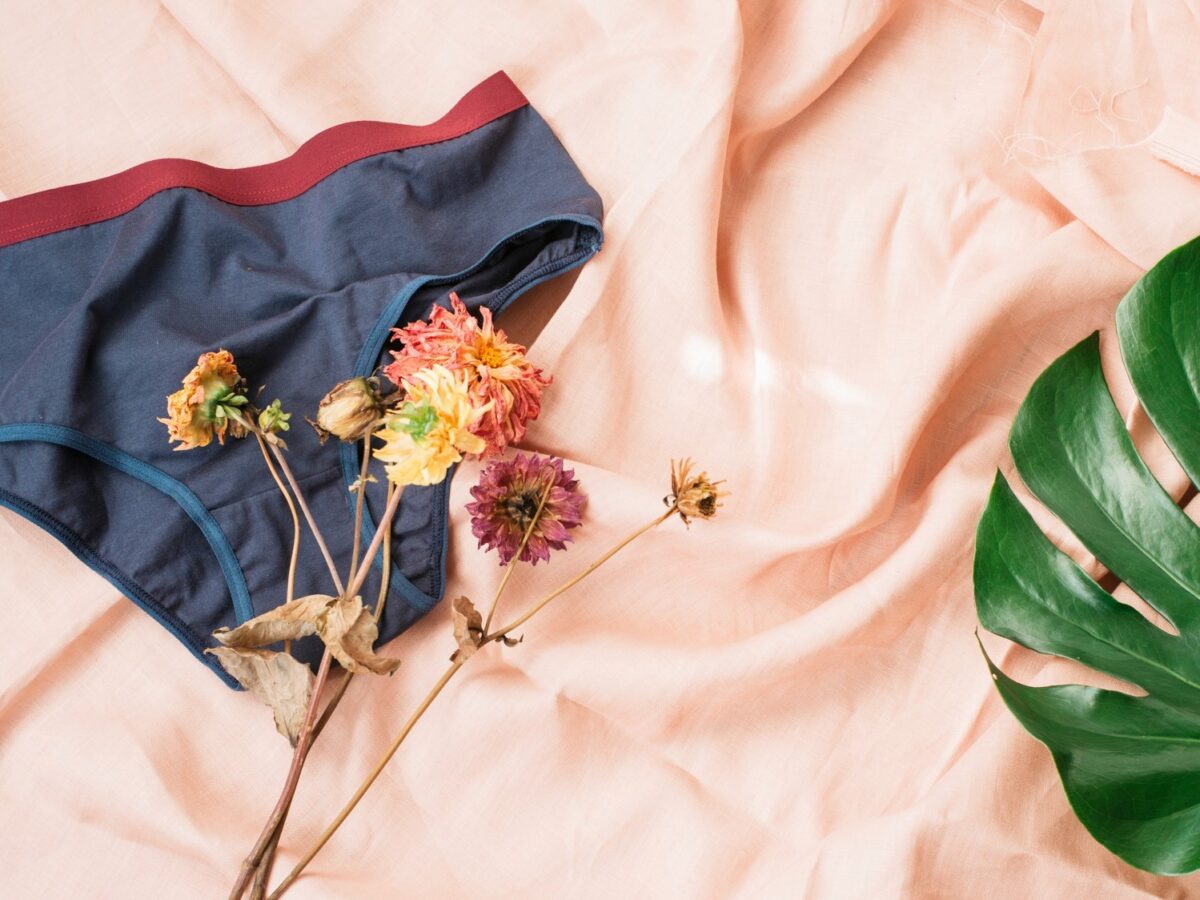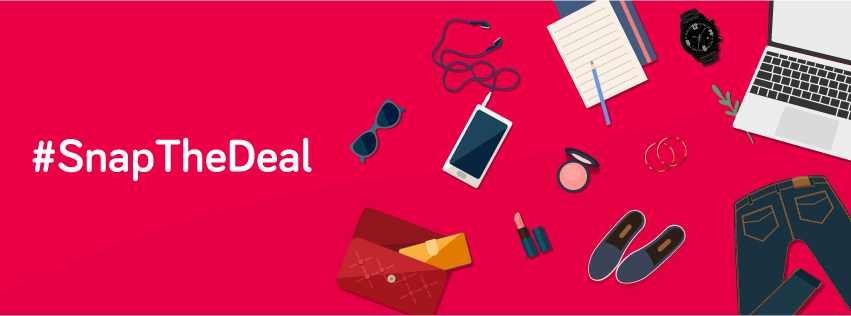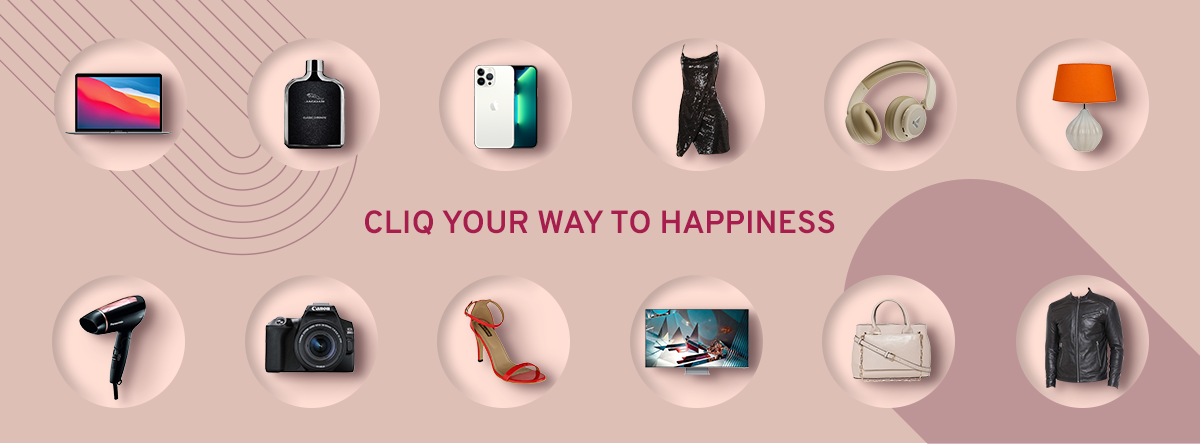Welcome to the ultimate destination for incredible savings during the AliExpress Anniversary Sale 2024! Get ready to embark on a shopping spree like never before with our exclusive promo codes designed to maximize your savings. Whether you’re hunting for the latest gadgets, trendy fashion pieces, or home essentials, we’ve got you covered with unbeatable discounts. […]
Category: Apparel – Woman’s
The Ultimate Buying Guide for Women’s Apparel: Top Brands and Budget Options
Introduction: Shopping for women’s apparel can be overwhelming with so many brands, styles, and price ranges to choose from. This comprehensive buying guide aims to provide you with essential information on top brands and budget options to make your shopping experience more enjoyable and stress-free.
Top Brands
- Nike – Known for its sportswear, Nike also offers stylish and comfortable clothing for women.
- Levi’s – Levi’s is a go-to brand for high-quality denim and casual wear.
- H&M – H&M offers trendy and affordable fashion for women, including basics and statement pieces.
- Zara – Zara is a popular Spanish brand that offers high-quality and stylish clothing at affordable prices.
- Reformation – Reformation is a sustainable brand that offers chic and eco-friendly clothing for women.
Budget Options
- Target – Target offers affordable and stylish clothing for women, including activewear, workwear, and casual wear.
- Forever 21 – Forever 21 is a budget-friendly brand that offers trendy and fashionable clothing for women.
- Old Navy – Old Navy is a reliable option for affordable basics and comfortable clothing for women.
- ASOS – ASOS offers a wide range of affordable and trendy clothing for women, including plus-size options.
- Boohoo – Boohoo offers stylish and affordable clothing for women, including party dresses, casual wear, and activewear.
Factors to Consider
- Quality – Consider the quality of the fabric and construction when choosing a brand or item of clothing.
- Fit – Look for clothing that fits well and flatters your body type.
- Style – Consider your personal style and how the clothing will fit into your wardrobe.
- Price – Set a budget and stick to it, but don’t sacrifice quality for affordability.
- Sustainability – Consider supporting brands that prioritize sustainability and ethical practices.
When shopping for women’s apparel, it’s important to consider factors such as quality, fit, style, price, and sustainability. Whether you’re looking for high-end brands or budget options, there are plenty of options available to suit your needs and preferences. Use this guide to find the perfect clothing that fits your style and budget.
Product Comparison of Popular Women’s Apparel Brands
Choosing the right brand of women’s apparel can be challenging, especially with so many options available. In this product comparison, we will compare and contrast popular women’s apparel brands based on their features, pricing, and customer reviews to help you make an informed decision.
| Brand | Features | Pricing | Customer Reviews |
|---|---|---|---|
| Nike | Comfortable and stylish sportswear, including leggings, shorts, and tops | $30-$150 | “I love the fit and quality of Nike’s leggings. They’re my go-to for workouts.” – Amanda M. |
| Levi’s | High-quality denim jeans and jackets, casual wear, and workwear | $50-$150 | “Levi’s jeans are classic and durable. I’ve been wearing them for years and they never go out of style.” – Sarah K. |
| H&M | Affordable and trendy clothing for women, including basics and statement pieces | $10-$50 | “H&M is my favorite place to shop for trendy pieces without breaking the bank. Their clothing is cute and affordable.” – Emily L. |
| Zara | Stylish and high-quality clothing at affordable prices, including dresses, jackets, and pants | $30-$100 | “I always find unique pieces at Zara that I can’t find anywhere else. Their clothes are well-made and stylish.” – Rachel S. |
| Reformation | Sustainable and eco-friendly clothing for women, including dresses, tops, and skirts | $50-$300 | “I love Reformation’s commitment to sustainability. Their clothes are stylish and eco-friendly, which is important to me.” – Lisa T. |
In this comparison, Nike offers comfortable and stylish sportswear at a moderate price range, while Levi’s offers high-quality denim and casual wear at a similar price range. H&M and Zara offer affordable and trendy clothing for women, with H&M offering a more budget-friendly option. Reformation offers sustainable and eco-friendly clothing for women at a higher price range.
When considering customer reviews, it’s clear that each brand has its loyal customers who appreciate the quality, style, and affordability of their clothing. Ultimately, the choice of brand will depend on personal preferences and needs, whether it be for sportswear, casual wear, or eco-friendly clothing.
Women’s Apparel for Every Budget: Affordable Options and High-End Brands
Shopping for women’s apparel can be challenging, especially if you’re on a budget or looking for high-end brands. In this list, we’ve compiled a range of options to suit every budget, from affordable options to high-end brands. Whether you’re looking for basics, statement pieces, or workwear, there’s something for everyone on this list.
| Budget | Brand | Clothing Type | Price Range |
|---|---|---|---|
| Affordable | Target | Activewear, Workwear, Casual Wear | $5-$50 |
| Affordable | Forever 21 | Trendy Fashion, Dresses, Casual Wear | $5-$40 |
| Affordable | Old Navy | Basics, Comfortable Clothing, Casual Wear | $5-$50 |
| Affordable | ASOS | Trendy Fashion, Plus-Size Options, Activewear | $10-$50 |
| Affordable | Boohoo | Party Dresses, Casual Wear, Activewear | $5-$40 |
| Mid-Range | Madewell | Denim, Casual Wear, Workwear | $50-$150 |
| Mid-Range | Free People | Bohemian Fashion, Dresses, Casual Wear | $50-$200 |
| Mid-Range | Anthropologie | Feminine Fashion, Dresses, Workwear | $50-$250 |
| High-End | Gucci | Luxury Fashion, Dresses, Workwear | $500-$5000 |
| High-End | Chanel | Luxury Fashion, Dresses, Workwear | $1000-$10000 |
In this list, we’ve included affordable options from popular brands such as Target, Forever 21, Old Navy, ASOS, and Boohoo. These brands offer a range of clothing types, from activewear to party dresses, at affordable price ranges.
For those willing to spend a bit more, we’ve included mid-range options from Madewell, Free People, and Anthropologie. These brands offer high-quality clothing with a focus on denim, bohemian fashion, and feminine fashion at a moderate price range.
Finally, for those seeking luxury fashion and high-end brands, we’ve included Gucci and Chanel. These brands offer designer clothing and accessories at a higher price range for those who value luxury and quality.
Competitive Landscape Analysis of Women’s Apparel: SWOT Analysis of Major Players
The women’s apparel industry is highly competitive, with a range of brands offering different styles, price ranges, and target markets. In this competitive landscape analysis, we will analyze the strengths, weaknesses, opportunities, and threats of major players in the women’s apparel industry, including Nike, H&M, Zara, Levi’s, and Reformation.
| Brand | Strengths | Weaknesses | Opportunities | Threats |
|---|---|---|---|---|
| Nike | Strong brand recognition, high-quality sportswear, global reach | Limited product range outside of sportswear, high prices compared to some competitors | Expansion into new markets and product lines, focus on sustainability | Increasing competition from other sportswear brands |
| H&M | Affordable and trendy clothing, large and loyal customer base | Quality and ethical concerns, limited product range compared to some competitors | Expansion into new markets and collaborations with designers | Increasing competition from other fast-fashion brands |
| Zara | Fast and responsive fashion, wide range of stylish clothing options | Limited focus on sustainability, high employee turnover rates | Expansion into new markets and online sales | Increasing competition from other fast-fashion brands |
| Levi’s | High-quality denim and casual wear, strong brand recognition and heritage | Limited focus on sustainability, high prices compared to some competitors | Expansion into new markets and product lines, focus on sustainability | Increasing competition from other denim and casual wear brands |
| Reformation | Sustainable and eco-friendly clothing, unique and trendy styles | High prices compared to some competitors, limited product range | Expansion into new markets and collaborations with other sustainable brands | Limited market share compared to larger competitors |
In this analysis, Nike has strong brand recognition and a global reach, but limited product range outside of sportswear and high prices compared to some competitors. H&M offers affordable and trendy clothing with a large and loyal customer base, but faces quality and ethical concerns and limited product range. Zara is known for its fast and responsive fashion and wide range of stylish clothing options, but has a limited focus on sustainability and high employee turnover rates. Levi’s offers high-quality denim and casual wear with strong brand recognition and heritage, but faces limited focus on sustainability and high prices compared to some competitors. Reformation offers sustainable and eco-friendly clothing with unique and trendy styles, but has high prices compared to some competitors and a limited product range.
Ultimately, each brand has its strengths, weaknesses, opportunities, and threats in the highly competitive women’s apparel industry. Understanding these factors can help companies navigate the industry and make strategic decisions to improve their market position.
Latest Trends and Innovations in Women’s Apparel
The women’s apparel industry is constantly evolving, with new trends and innovations emerging every year. In this overview, we will explore the latest trends and innovations in women’s apparel, including new fabrics, designs, and technology.
- Sustainable Fashion – Sustainable fashion has become a major trend in recent years, with more and more brands offering eco-friendly clothing made from recycled materials or organic cotton.
- Athleisure – Athleisure continues to be a popular trend, with more brands offering stylish and comfortable sportswear for both workouts and everyday wear.
- Bright Colors – Bright colors are making a comeback, with bold shades of pink, yellow, and green being popular choices for spring and summer fashion.
- Sustainable Fabrics – In addition to sustainable fashion, sustainable fabrics such as Tencel and bamboo are becoming more popular due to their eco-friendly properties and soft, comfortable feel.
- Technology-Enabled Clothing – Technology-enabled clothing is also a growing trend, with brands offering clothing with features such as moisture-wicking and UV protection for outdoor activities.
- Statement Sleeves – Statement sleeves are a popular trend in women’s clothing, with designs featuring ruffles, puffed sleeves, and bell sleeves.
- High-Necklines – High-necklines are also trending, with mock necks, turtlenecks, and Victorian-inspired collars being popular choices for tops and dresses.
- Oversized Blazers – Oversized blazers are a stylish trend for both casual and workwear, with boxy and structured designs being popular choices.
Overall, the latest trends and innovations in women’s apparel reflect a growing focus on sustainability, comfort, and technology-enabled features, as well as a mix of bold and classic styles.
Women’s Apparel for Different Age Groups and Preferences
Women’s apparel is available in a wide range of styles and sizes, catering to different age groups and preferences. In this list, we’ve compiled options for different age groups and preferences, from kids to seniors, and casual to formal wear. We have categorized the options into tables based on different aspects such as size range, style, and price range to make it easier for you to choose.
Women’s Apparel for Different Size Ranges
| Size Range | Brand | Clothing Type |
|---|---|---|
| Kids | Gap Kids | Casual Wear, Dresses |
| Teens | Forever 21 | Trendy Fashion, Casual Wear |
| Petite | ASOS Petite | Trendy Fashion, Casual Wear, Workwear |
| Plus-Size | Lane Bryant | Casual Wear, Workwear, Activewear |
Women’s Apparel for Different Styles
| Style | Brand | Clothing Type |
|---|---|---|
| Casual | Old Navy | Basics, Comfortable Clothing, Casual Wear |
| Trendy | Zara | Fashionable Clothing, Dresses, Pants |
| Bohemian | Free People | Bohemian Fashion, Dresses, Casual Wear |
| Classic | Banana Republic | Timeless Fashion, Workwear, Dresses |
| Luxury | Chanel | Designer Clothing, Luxury Fashion, Workwear |
Women’s Apparel for Different Price Ranges
| Price Range | Brand | Clothing Type |
|---|---|---|
| Affordable | H&M | Affordable and Trendy Clothing, Basics |
| Mid-Range | Madewell | Denim, Casual Wear, Workwear |
| High-End | Gucci | Designer Clothing, Luxury Fashion, Workwear |
Expert Reviews and Ratings of Women’s Apparel Brands
Choosing the best women’s apparel brand can be challenging, especially with so many options available. In this expert review and rating guide, we’ve compiled reviews and ratings from fashion experts to help you make an informed decision.
| Brand | Expert Rating | Pros | Cons |
|---|---|---|---|
| Nike | 4.5/5 | Comfortable and stylish sportswear, high-quality materials, global brand recognition | Limited product range outside of sportswear, high prices compared to some competitors |
| H&M | 4/5 | Affordable and trendy clothing, large selection of styles and sizes, commitment to sustainability | Quality and ethical concerns, limited product range compared to some competitors |
| Zara | 4.2/5 | Wide range of stylish and trendy clothing, fast fashion, affordable prices | Limited focus on sustainability, limited sizes, high employee turnover rates |
| Levi’s | 4.3/5 | High-quality denim and casual wear, strong brand heritage, focus on sustainability | High prices compared to some competitors, limited product range |
| Reformation | 4.7/5 | Sustainable and eco-friendly clothing, unique and trendy styles, transparent supply chain | High prices compared to some competitors, limited size range, limited product range |
The choice of brand will depend on personal preferences and needs, but this expert review and rating guide provides an objective evaluation of popular women’s apparel brands to help you make an informed decision.
Sustainability and Corporate Social Responsibility in Women’s Apparel
As consumers become increasingly concerned about the environmental and social impact of their purchases, it’s essential for companies in the women’s apparel industry to prioritize sustainability and corporate social responsibility (CSR). In this guide, we will explore ways companies can make their women’s apparel environmentally friendly and socially responsible.
- Use Sustainable Materials – Companies can use sustainable materials such as organic cotton, Tencel, and recycled polyester to reduce their environmental impact.
- Reduce Water and Energy Usage – Companies can implement water and energy-saving technologies in their production processes to reduce their carbon footprint.
- Reduce Waste – Companies can reduce waste by using recycled materials, implementing a circular economy model, and reducing excess inventory.
- Ethical Supply Chain – Companies can ensure their supply chain is ethical by sourcing materials and labor from suppliers who follow ethical practices and by regularly auditing their supply chain.
- Social Responsibility – Companies can prioritize social responsibility by implementing fair labor practices, promoting diversity and inclusion, and supporting local communities through philanthropic initiatives.
- Transparent Reporting – Companies can provide transparent reporting on their sustainability and CSR efforts, allowing consumers to make informed purchasing decisions.
Incorporating sustainability and CSR into the core of a company’s business practices can not only benefit the environment and society but also improve the company’s reputation and financial performance. By prioritizing sustainability and CSR, companies in the women’s apparel industry can contribute to a better world and meet the changing needs and expectations of consumers.
Factors to Consider When Buying Women’s Apparel: A Guide to Choosing the Right Product
Shopping for women’s apparel can be overwhelming, with so many options available. It’s important to consider several factors before making a purchase to ensure you choose the right product. In this guide, we will explore factors to consider when buying women’s apparel and provide guidance on how to choose the right product.
- Comfort – When choosing women’s apparel, it’s essential to consider comfort, especially for items such as bras, underwear, and activewear.
- Fit – Fit is another important factor to consider when buying women’s apparel, as different brands and styles can vary in sizing and fit.
- Quality – Consider the quality of the material and construction of the garment to ensure it will last and not deteriorate quickly after washing or wearing.
- Style – Choose a style that fits your personal preferences and needs, whether it’s casual, trendy, or classic.
- Occasion – Consider the occasion when choosing women’s apparel, whether it’s for work, a special event, or everyday wear.
- Sustainability – Consider the sustainability and CSR practices of the brand before making a purchase, and choose environmentally friendly and socially responsible options when possible.
- Price – Set a budget and consider the price of the item, but also consider the value for money, as cheaper options may not be the most cost-effective in the long run.
Ultimately, the right product for you will depend on personal preferences and needs, but considering these factors can help you make an informed decision when buying women’s apparel. By choosing comfortable, well-fitting, high-quality, sustainable, and appropriately priced options that fit your personal style and occasion, you can ensure that you are getting the best product for your needs.
Market Dynamics of Women’s Apparel: Emerging Trends, Key Players, and Growth Prospects
The women’s apparel industry is a dynamic and ever-changing market, with emerging trends, key players, and growth prospects. In this overview, we will explore the market dynamics of women’s apparel, including emerging trends, key players, and growth prospects.
- Emerging Trends – Sustainable fashion, athleisure, and technology-enabled clothing are some of the emerging trends in women’s apparel, with a growing focus on comfort, functionality, and sustainability.
- Key Players – Major players in the women’s apparel industry include Nike, H&M, Zara, Levi’s, and Reformation, each with their unique brand and style offerings.
- Growth Prospects – The women’s apparel market is expected to continue to grow, with a projected CAGR of 4.8% from 2021 to 2028, driven by factors such as increasing disposable income, changing consumer preferences, and e-commerce growth.
- Regional Dynamics – The women’s apparel market is divided into various regions, with North America, Europe, and Asia Pacific being the key markets. Each region has its unique cultural, social, and economic factors that influence consumer preferences and purchasing behavior.
- Competitive Landscape – The women’s apparel industry is highly competitive, with a range of brands offering different styles, price ranges, and target markets. Companies must differentiate themselves through brand image, product quality, sustainability, and customer experience to succeed in this market.
Consumer Behavior and Buying Patterns for Women’s Apparel
Consumer behavior and buying patterns play a crucial role in the success of the women’s apparel industry. In this overview, we will explore the latest research on consumer behavior and buying patterns for women’s apparel.
- Online Shopping – According to research, online shopping has become increasingly popular for women’s apparel, with over 70% of women reporting they shop online for clothing.
- Social Media Influence – Social media also plays a significant role in consumer behavior, with many women using platforms such as Instagram and Pinterest for fashion inspiration and to discover new brands.
- Brand Loyalty – Brand loyalty is another important factor in consumer behavior, with many women reporting they have a favorite brand or store they consistently shop from.
- Fit and Comfort – Fit and comfort are essential factors in buying patterns, with many women reporting they will return a garment if it doesn’t fit or isn’t comfortable.
- Price and Value – Price and value are also significant factors, with many women reporting they will look for deals and discounts before making a purchase.
- Sustainability – Sustainability and CSR practices are becoming increasingly important in consumer behavior, with many women reporting they are willing to pay more for sustainable and eco-friendly clothing.
Online shopping, social media influence, brand loyalty, fit and comfort, price and value, and sustainability are key factors in consumer behavior and buying patterns for women’s apparel. Brands that understand and cater to these factors are more likely to succeed in this highly competitive market.
The Impact of Technological Advancements on Women’s Apparel
Technology has revolutionized the fashion industry, and women’s apparel has not been left behind. In this overview, we will explore the impact of technological advancements on women’s apparel, including design, manufacturing, and retail.
- Design – Technology has enabled designers to create and visualize designs using computer-aided design (CAD) software and 3D printing. This has resulted in faster and more accurate prototyping, as well as the ability to customize designs to fit different body types.
- Manufacturing – Technology has also revolutionized the manufacturing process for women’s apparel, with automation and robotics replacing traditional manufacturing methods. This has resulted in increased speed and efficiency in production, as well as reduced waste and improved quality control.
- Retail – Technology has transformed the retail experience for women’s apparel, with online shopping and mobile apps providing consumers with a more convenient and personalized shopping experience. Augmented reality (AR) and virtual reality (VR) technology also allow consumers to try on clothing virtually, enhancing the online shopping experience.
- Sustainability – Technology is also playing a role in promoting sustainability in the women’s apparel industry, with the use of eco-friendly materials and processes, as well as innovative recycling techniques.
- Wearable Technology – Wearable technology such as smart fabrics and fitness trackers is also becoming more prevalent in women’s apparel, providing features such as moisture-wicking and UV protection for outdoor activities, as well as health and fitness monitoring.
Technology has had a significant impact on the women’s apparel industry, transforming the design, manufacturing, retail, and sustainability of clothing. Wearable technology is also becoming more prevalent in women’s apparel, providing new features and benefits for consumers. As technology continues to evolve, it will likely continue to shape and innovate the women’s apparel industry.
Global Trade Dynamics for Women’s Apparel: Import-Export Trends and Trade Policies
The women’s apparel industry is a global market, with import-export trends and trade policies playing a significant role in the industry’s dynamics. In this overview, we will explore the import-export trends and trade policies that impact the global trade of women’s apparel.
- Import-Export Trends – According to research, Asia is the leading producer and exporter of women’s apparel, accounting for over 60% of global production. The United States is the leading importer of women’s apparel, followed by the European Union and Japan.
- Trade Policies – Trade policies play a crucial role in the global trade of women’s apparel, with various policies affecting the industry’s dynamics. For example, the United States has imposed tariffs on imports of women’s apparel from China and other countries, while the European Union has implemented a preferential trade policy for developing countries.
- Labor Standards – Labor standards are another important factor in global trade, with companies facing pressure to ensure their supply chain follows ethical and sustainable practices. The use of child labor and sweatshops is a significant issue in the women’s apparel industry, and companies must prioritize ethical practices to maintain their reputation and comply with regulations.
- Sustainability – Sustainability is also becoming an increasingly important factor in global trade, with consumers and governments demanding eco-friendly and socially responsible practices. Companies must prioritize sustainability and CSR practices to meet consumer demands and regulatory requirements.
Latest Innovations and Research in Women’s Apparel: Discoveries and Breakthroughs
The women’s apparel industry is constantly evolving, with new innovations and research emerging regularly. In this overview, we will explore the latest discoveries and breakthroughs in women’s apparel, including materials, design, and manufacturing.
- Sustainable Materials – Sustainable materials such as recycled polyester, seaweed fiber, and biodegradable textiles are emerging as a more eco-friendly alternative to traditional materials.
- Smart Fabrics – Smart fabrics with embedded sensors and microelectronics are becoming more prevalent in women’s apparel, providing features such as body temperature regulation and moisture management.
- 3D Printing – 3D printing technology is being used in women’s apparel to create custom and unique designs, as well as for prototyping and reducing waste in manufacturing.
- Virtual Fitting Rooms – Virtual fitting rooms using augmented reality (AR) and virtual reality (VR) technology are becoming more popular, providing consumers with a more personalized and convenient shopping experience.
- On-Demand Manufacturing – On-demand manufacturing using digital printing and cutting technology is emerging as a more sustainable and efficient method of production, reducing waste and increasing flexibility in supply chains.
- Circular Economy – The circular economy model, which emphasizes recycling and reusing materials, is gaining traction in the women’s apparel industry, with companies focusing on reducing waste and extending the lifecycle of products.
The latest innovations and research in women’s apparel are focused on sustainability, technology, and efficiency. Sustainable materials, smart fabrics, 3D printing, virtual fitting rooms, on-demand manufacturing, and the circular economy model are all emerging as key areas of innovation and research. As the industry continues to evolve, these innovations and breakthroughs will likely shape the future of women’s apparel.
Developing Women’s Apparel: From Ideation to Commercialization Strategies
The development of women’s apparel involves a multi-stage process, from ideation to prototyping and commercialization. In this overview, we will explore how companies approach the development of women’s apparel and the strategies they use to bring their products to market.
- Ideation – The ideation stage involves generating and refining ideas for women’s apparel designs, taking into account market trends, consumer preferences, and brand identity.
- Research and Development – Research and development (R&D) involve creating prototypes and testing materials, features, and designs to ensure they meet quality and sustainability standards.
- Manufacturing – Once the design and materials are finalized, the manufacturing stage involves producing the product on a larger scale, with the use of automation and robotics replacing traditional methods.
- Commercialization – The commercialization stage involves bringing the product to market, through various channels such as physical stores, e-commerce platforms, and social media.
- Marketing and Sales – Marketing and sales strategies play a crucial role in the success of women’s apparel products, with companies using various techniques such as influencer marketing, social media advertising, and promotions to reach their target audience.
- Customer Feedback and Improvement – Companies must also prioritize customer feedback and use it to improve their products and strategies continually.
The development of women’s apparel involves a comprehensive process, from ideation to commercialization strategies. Companies must focus on sustainability, quality, and innovation throughout this process, as well as prioritize customer feedback and marketing strategies to succeed in this competitive market.
The AliExpress Blueprint: How It Works, Country-Specific Tips, and Insider Deals
Uncover the ‘AliExpress Blueprint’—your roadmap to understanding how it works, country-specific tips, and insider deals. This comprehensive guide demystifies the platform, offering strategic insights for tailored shopping experiences. Navigate the AliExpress landscape with confidence, armed with exclusive tips and insider knowledge to unlock maximum savings on every purchase.
AliExpress Expedition: Navigating Daily Deals, Coupons, and Country-Specific Discounts
Embark on the ‘AliExpress Expedition,’ a guide to navigating daily deals, coupons, and country-specific discounts. Sail through the sea of savings with expert tips on maximizing your shopping experience. Discover the treasure trove of discounts tailored to your location. This expedition is your compass to unlocking the full potential of AliExpress, ensuring a rewarding shopping journey.
Smart Shopper’s Handbook: AliExpress Coupons for Every Country and User Type
Unlock savings globally with the ‘Smart Shopper’s Handbook.’ This guide decodes AliExpress coupons for every country and user type. Navigate the world of discounts tailored to your location and shopping preferences. Elevate your savings game with strategic coupon mastery, ensuring a savvy and personalized shopping experience. Your passport to smart, global shopping starts here.
Beyond Borders: AliExpress Case Studies on Shopping Strategies and Savings
Explore the world of savings with ‘Beyond Borders.’ Delve into AliExpress case studies unveiling effective shopping strategies and unparalleled savings. Learn from real-world examples that transcend borders, providing insights to elevate your shopping game. This guide is your key to unlocking a global perspective on strategic and budget-friendly AliExpress shopping.
Unlocking Savings: A Global Guide to Timely Deals and AliExpress Coupon Mastery
Discover exclusive savings worldwide with ‘Unlocking Savings.’ This global guide unveils timely deals and expert tips for mastering AliExpress coupons. Maximize your budget and explore a world of discounts, ensuring savvy shopping on every purchase. Unlock the secrets to saving big with this essential resource.
AliExpress 101: From Origins to Daily Deals – A Shopper’s Manual
Dive into the AliExpress shopping experience with ‘AliExpress 101.’ From its origins to daily deals, this manual is your ultimate guide. Uncover the platform’s evolution and navigate daily deals like a pro. Elevate your shopping game with insights that transform you into a savvy AliExpress shopper. Your comprehensive handbook for mastering the art of online bargains.
Inside AliExpress: Ownership, Headquarters, and the Culture Behind the Curtain
Peel back the curtain with ‘Inside AliExpress.’ Explore ownership, headquarters, and the culture shaping this e-commerce giant. Unveil the inner workings of AliExpress, gaining insights into its corporate identity. This guide offers a rare glimpse behind the scenes, providing a nuanced understanding of the company’s origins, leadership, and the culture that propels its global success.
Decoding AliExpress: A Comprehensive Guide to Shipping, Delivery, and Courier Partners
Crack the code with ‘Decoding AliExpress,’ a comprehensive guide to shipping, delivery, and courier partners. Gain insights into the intricate logistics web of AliExpress, ensuring a seamless understanding of the journey from order to arrival. Navigate the complexities with confidence, armed with knowledge on shipping methods, delivery times, and key courier partnerships.
From Click to Doorstep: AliExpress Delivery Times Unveiled – A Global Perspective
Embark on a journey ‘From Click to Doorstep’ with AliExpress Delivery Times Unveiled. Gain a global perspective on efficient shipping. This guide unveils the secrets behind AliExpress delivery, ensuring you understand the process from click to doorstep. Navigate the world of online shopping with confidence, armed with insights to streamline your delivery experience.
Saving Secrets: AliExpress Fraud Prevention and Smart Shopping Strategies
Unlock ‘Saving Secrets’ with AliExpress Fraud Prevention and Smart Shopping Strategies. Arm yourself with insights to safeguard your purchases and navigate the e-commerce landscape with confidence. This guide reveals fraud prevention measures and savvy strategies, ensuring a secure and intelligent approach to AliExpress shopping. Maximize savings while prioritizing peace of mind on every transaction.
Loragal Review: Luxury for Less + Exclusive Loragal Coupon Codes
Indulge in luxury for less with Loragal. Our review delves into a world of premium fashion at affordable prices. Unlock exclusive savings with Loragal Coupon Codes—elevate your wardrobe without breaking the bank. Redefine your style with exquisite pieces that exude sophistication and make a statement of elegance.
Jack & Jones Review: The Denim Destination + Exclusive Jack & Jones Coupon Codes
Embark on a denim journey with Jack & Jones. Our review explores the epitome of denim destination. Unlock exclusive savings with Jack & Jones Coupon Codes—elevate your wardrobe with rugged sophistication at an affordable price. Redefine your style with the perfect blend of comfort and contemporary fashion from Jack & Jones.
ONLY Review: Exclusively Yours + Exclusive ONLY Coupon Codes
Dive into exclusivity with ONLY. Our review explores a realm of fashion that’s exclusively yours. Unlock savings with Exclusive ONLY Coupon Codes—elevate your wardrobe with trendy and affordable pieces. Embrace a style that’s uniquely you, setting you apart in every fashion-forward stride.
Aza Fashions Review: Couture for the Modern You + Exclusive Aza Fashion Coupon Codes
Step into couture for the modern you with Aza Fashions. Our review delves into a world of contemporary elegance. Unlock exclusive savings with Aza Fashion Coupon Codes—elevate your style effortlessly, blending tradition with the latest trends. Redefine your fashion statement with pieces that reflect your individuality and sophistication.
Newchic Review: Fresh Fashion Finds + Exclusive Newchic Coupon Codes
Discover fresh fashion finds with Newchic. Our review explores the latest trends and styles. Unlock exclusive savings with Newchic Coupon Codes—elevate your wardrobe affordably. Embrace a dynamic fashion experience that effortlessly combines style, quality, and budget-friendly choices. Redefine your look with Newchic’s curated collection of chic and trendy pieces.
Banggood Review: From Gadgets to Garments + Exclusive Banggood Coupon Codes
Discover a world of gadgets to garments with Banggood. Our review navigates through a diverse range of products. Unlock exclusive savings with Banggood Coupon Codes—seamlessly transition from tech to fashion at affordable prices. Explore a marketplace where innovation meets style, ensuring your shopping experience is both versatile and budget-friendly.
Peter England Review: Tailoring Success + Exclusive Peter England Coupon Codes
Experience sartorial success with Peter England. Our review delves into the epitome of tailored excellence. Unlock exclusive savings with Peter England Coupon Codes—elevate your wardrobe with precision and style at an affordable price. Embrace the confidence that comes with clothing crafted for success.
Allen Solly Review: Business Casuals Done Right + Exclusive Allen Solly Coupon Codes
Elevate your business casual game with Allen Solly. Our review delves into sophisticated yet comfortable style. Unlock exclusive savings with Allen Solly Coupon Codes—experience the perfect blend of professionalism and ease without breaking the bank. Redefine your work wardrobe with timeless pieces that make a lasting impression.
American Eagle Review: Freedom in Fashion + Exclusive American Eagle Coupon Codes
Embrace freedom in fashion with American Eagle. Our review unveils a style that embodies independence. Unlock exclusive savings with American Eagle Coupon Codes—express your individuality affordably. Elevate your wardrobe with timeless pieces that celebrate your unique sense of style.
VERO MODA Review: Contemporary Chic + Exclusive VERO MODA Coupon Codes
Indulge in contemporary chic with VERO MODA. Our review delves into timeless style. Unlock exclusive savings with VERO MODA Coupon Codes—elevate your wardrobe affordably. Embrace the allure of fashion that seamlessly blends sophistication and trendiness.
ShopClues Review: Marketplace for All Your Needs + Exclusive ShopClues Coupon Codes
Discover a marketplace tailored to meet all your needs with ShopClues. Our review unveils the diverse offerings. Elevate your shopping experience with exclusive ShopClues Coupon Codes—savings that enhance your every purchase. Shop smart, shop efficiently.
Femella Review: Chic, Simple, Elegant + Exclusive Femella Coupon Codes
Discover the allure of Femella with our review—where chic meets simplicity in elegant fashion. Unveil the exclusive charm of their collection and unlock savings with Femella Coupon Codes. Elevate your style effortlessly.
Koskii Review: Ethnic Elegance + Exclusive Koskii Coupon Codes
Discover the allure of ethnic elegance with Koskii’s exquisite collection. Dive into a world of timeless traditions and exclusive fashion. Plus, don’t miss out on our exclusive Koskii coupon codes for unbeatable savings. Elevate your style while staying budget-savvy. Shop now and experience the beauty of ethnic fashion.
Reebok Review: Be More Human + Exclusive Reebok Coupon Codes
Unlock Your Potential with Reebok! Our Reebok Review delves into a world of athletic excellence. Discover how Reebok empowers you to Be More Human. Plus, enjoy exclusive Reebok Coupon Codes for incredible savings. Elevate your fitness journey with us today!
Mirraw Review: Ethnic Beauty Redefined + Exclusive Mirraw Coupon Codes
Explore the world of ethnic beauty with our Mirraw review. Discover the latest trends in Indian fashion and adorn yourself in exquisite designs. Don’t miss out on exclusive Mirraw coupon codes to enhance your style without breaking the bank. Embrace the allure of traditional and contemporary elegance today!
Louis Philippe Review: The Class of Classics + Exclusive Louis Philippe Coupon Codes
Discover the timeless elegance of Louis Philippe with our exclusive review. Uncover the secrets of classic style and shop with our exclusive Louis Philippe coupon codes for a touch of luxury at unbeatable prices. Elevate your wardrobe today.
Zara Review: High-Street Fashion Meets Style + Exclusive Zara Coupon Codes
Discover the latest Zara fashion trends that blend high-street chic with unmatched style. Plus, unlock exclusive Zara coupon codes for irresistible savings. Elevate your wardrobe with the best in contemporary fashion today!
TheSouledStore Review: For the Fan in You + Exclusive TheSouledStore Coupon Codes
Discover the ultimate fan merchandise at TheSouledStore! Our review reveals the best way to satisfy your inner fan, and don’t miss our exclusive coupon codes for extra savings. Dive into a world of fandom like never before.
Landmark Lifestyle Review: Lifestyle Products You’ll Love + Exclusive Landmark Lifestyle Coupon Codes
Discover the best lifestyle products at Landmark Lifestyle. Our review highlights must-have items you’ll adore. Plus, enjoy exclusive coupon codes for fantastic savings on your favorite products. Elevate your lifestyle today!
Amydus Review: Plus-Size Fashion with Style + Exclusive Amydus Coupon Codes
Discover the latest in plus-size fashion at Amydus! Elevate your style with our chic and comfortable collections. Don’t miss out on exclusive Amydus coupon codes to save on your favorite looks. Embrace your curves and express your unique fashion sense with Amydus. Shop now!
Van Heusen Review: Sophistication in Every Thread + Exclusive Van Heusen Coupon Codes
Discover the epitome of sophistication in Van Heusen’s timeless collection. Unveil a world of impeccable craftsmanship, with our exclusive Van Heusen coupon codes. Elevate your style effortlessly, with a touch of class in every thread. Shop now and embrace elegance like never before.
Limeroad Review: The Road to Fashion + Exclusive Limeroad Coupon Codes
By Sneha, Your Trusted Journalist I am on this exciting journey to bring you an exclusive Limeroad Review, unveiling the road to fashion. Limeroad, the online fashion and lifestyle destination, has made waves in the world of e-commerce. Not only will you get a sneak peek into the world of fashion through Limeroad, but I’m […]
Redwolf Review: Unleash Your Inner Geek + Exclusive Redwolf Coupon Codes
By Sneha, Your Trusted Journalist I am on this exciting journey, delving into the realm of pop culture and unleashing my inner geek with Redwolf—an Indie T-Shirt brand that knows how to cater to all the fans out there. Picture this: a world filled with t-shirts, sweatshirts, badges, posters, laptop skins, and fridge magnets, all […]
Wildcraft Review: Gear Up for Adventure + Exclusive Wildcraft Coupon Codes
By Sneha, Your Trusted Journalist I am on this exciting journey, exploring the world of adventure with Wildcraft, and I must say, the thrill is unbeatable! Wildcraft, a brand that resonates with explorers and adventurers, has been a constant companion in my pursuit of outdoor experiences. Today, I bring to you a review that will […]
The Souled Store Review: Where Pop Culture Lives + Exclusive The Souled Store Coupon Codes
By Sneha, Your Trusted Journalist I am on this exciting journey, delving into the captivating world of The Souled Store, an Indian online shopping platform that has taken the market by storm with its incredible range of official merchandise inspired by superheroes and movies. Plus, I have some exciting coupons to make their products affordable. […]
Puma Review: Athletic Gear for Champions + Exclusive Puma Coupon Codes
By Sneha, Your Trusted Journalist I am on this exciting journey, diving deep into the world of athletic gear, where every step is a stride towards success. Puma, a name synonymous with unmatched quality and style in the realm of athletic gear, has been making waves for decades. The brand is a beacon for athletes […]
Karagiri Review: Elegance in Ethnic Wear + Exclusive Karagiri Coupon Codes
By Sneha, Your Trusted Journalist I am going on a journey to explore the world of ethnic elegance, and my compass is pointing to Karagiri. Karagiri is not merely a fashion brand; it’s a statement of refined style, a blend of tradition and contemporary grace. In the realm of ethnic wear, Karagiri stands tall, offering […]
August AliExpress Promo Codes: Back to School Bargains
By Sneha, Your Trusted Journalist I am going on a journey to explore the exciting world of August AliExpress Promo Codes, specifically designed to bring back-to-school bargains. Shoppers can access various deals, coupon codes, and limited-time offers to make their shopping experience more budget-friendly and rewarding. It’s a chance to get quality products at discounted […]
October AliExpress Promo Codes: Get Discounts Now
By Sneha, Your Trusted Journalist I am going on a journey, embarking on an exciting exploration into the world of discounts and savings. Today, we delve into the realm of October AliExpress Promo Codes, an opportunity for thrifty shoppers to get the best deals on a variety of products. As we move along, here are […]
September AliExpress Promo Codes: Fall into Savings
By Sneha, Your Trusted Journalist I am going on a journey to unveil exciting opportunities for holiday shopping! In this adventure, we delve into the realm of discounts and offers that AliExpress has in store for us this September . The festive season is upon us, and AliExpress, being the generous host, has a multitude […]
July AliExpress Promo Codes: Beat the Heat with Hot Deals
By Sneha, Your Trusted Journalist I am going on a journey to explore a realm of fantastic discounts and exciting deals. AliExpress, the renowned online retail platform, is set to kickstart the summers with a bang, offering remarkable discounts through their July Promo Codes. It’s a fantastic way to welcome the new year with savings […]
May AliExpress Promo Codes: May Flowers and Discounts
By Sneha, Your Trusted Journalist I am going on a journey into the realm of savings and blossoms. I am on this exciting journey to explore the delightful world of discounts and deals for the month of May, courtesy of AliExpress. May, often associated with blooming flowers and renewed energy, brings not only nature’s rejuvenation […]
June AliExpress Promo Codes: Summer Savings Are Here
By Sneha, Your Trusted Journalist I am going on a journey to unravel the exciting realm of summer shopping. The sun-kissed days of June beckon us to embrace the joys of summer, and what better way to celebrate than indulging in some retail therapy? In this adventure, we will delve into the world of AliExpress […]
April AliExpress Promo Codes: April Showers of Discounts
By Sneha, Your Trusted Journalist I am on an exciting journey delving deep into the captivating realm of discounts. So, fasten your seatbelts as we navigate through the vast landscape of savings. Our ultimate destination? April AliExpress Promo Codes: a spectacular affair that promises a downpour of discounts, embellishing this blossoming season with unbeatable deals […]
March AliExpress Promo Codes: Spring into Savings
By Sneha, Your Trusted Journalist I am going on a journey into the world of March AliExpress Promo Codes, where shopping enthusiasts and savvy buyers unite for unbeatable Holi deals and more. As the month of colours dawns upon us, the anticipation for fantastic discounts and offers on AliExpress is soaring high. Let’s explore this […]
February AliExpress Promo Codes: Valentine’s Day Deals and More
By Sneha, Your Trusted Journalist I am going on a journey into the world of February AliExpress Promo Codes, where shopping enthusiasts and savvy buyers unite for unbeatable Valentine’s Day deals and more. As the month of love dawns upon us, the anticipation for fantastic discounts and offers on AliExpress is soaring high. Let’s explore […]
January AliExpress Promo Codes: Start the Year with Savings
By Sneha, Your Trusted Journalist I am going on a journey to explore a realm of fantastic discounts and exciting deals. AliExpress, the renowned online retail platform, is set to kickstart the new year with a bang, offering remarkable discounts through their January Promo Codes. It’s a fantastic way to welcome the new year with […]
December AliExpress Promo Codes: Holiday Discounts Await!
By Sneha, Your Trusted Journalist I am going on a journey to unveil exciting opportunities for holiday shopping! In this adventure, we delve into the realm of discounts and offers that AliExpress has in store for us this December. The festive season is upon us, and AliExpress, being the generous host, has a multitude of […]
November AliExpress Promo Codes: Unlock Savings for the New Month
By Sneha, Your Trusted Journalist I am going on a journey to explore the exciting realm of online shopping in the month of November. Brace yourselves as we unravel the latest from AliExpress, a hub of incredible deals and discounts. Welcome to this adventure of savings and style, where I’ll guide you through the lucrative […]
AliExpress Promo Codes for October: Get Discounts Now
By Sneha, Your Trusted Journalist I am going on a journey to unravel the exciting world of October discounts at AliExpress. In this exploration, I am set to navigate through the vast realm of savings that AliExpress is generously offering this month. It’s a journey filled with surprises and great deals, and I’m excited to […]
Pantaloons Review: All About Style and Comfort + Exclusive Pantaloons Coupon Codes
By Sneha, Your Trusted Journalist I am on this exciting journey to explore the realms of style and comfort with none other than Pantaloons, a brand that epitomizes both. Pantaloons, a household name in the fashion retail industry, has been consistently delivering on its promise of bringing the latest trends in clothing while ensuring unmatched […]
AliExpress Promo Codes for New Customers: Unlock Big Savings Today
By Sneha, Your Trusted Journalist Welcome aboard, new users, as we embark on an exciting journey into the realm of AliExpress – your go-to destination for incredible deals and exclusive discounts tailored especially for you. In this ever-evolving world of online shopping, we’re here to introduce you to the art of finding the finest deals. […]
Myntra Review: A World of Fashion + Exclusive Myntra Coupon Codes
By Sneha, Your Trusted Journalist I am going on a journey, an exciting journey into the vibrant world of fashion, guided by the beacon of Myntra. Myntra, a name synonymous with fashion and style, is not just an e-commerce platform; it’s a revolution that has redefined the way we perceive and embrace fashion. In this […]
Marks & Spencer Review: Fashion Meets Quality + Exclusive Marks & Spencer Coupon Codes
By Sneha, Your Trusted Journalist I am going on a journey to explore the world of fashion and quality with Marks & Spencer. I am on this exciting journey to unravel the secrets of this renowned brand, and I can’t wait to share my findings with you. Marks & Spencer, or M&S, is not just […]
Nike Review: Just Do It, In Style + Exclusive Nike Coupon Codes
By Sneha, Your Trusted Journalist I am on this exciting journey, delving into the world of sport and style, exploring the epitome of both – Nike. The swoosh-adorned brand, with its famed tagline “Just Do It,” has made its mark not only on the playing fields but also in our daily lives, exuding style and […]
Forever 21 Review: Fast Fashion for the Youth + Exclusive Forever 21 Coupon Codes
By Sneha, Your Trusted Journalist I am going on a journey to explore the world of fast fashion and style. Welcome to this exciting adventure, where we delve into the realm of Forever 21. As we unravel the secrets of this fashion giant, we’ll also provide you with exclusive Forever 21 coupon codes, ensuring you […]
Clovia Review: Comfort and Style in Lingerie + Exclusive Clovia Coupon Codes
By Sneha, Your Trusted Journalist I am on this exciting journey to explore the world of lingerie, where comfort meets style. The topic of the day is Clovia, a brand that has redefined the way we perceive intimate wear. Clovia offers a wide range of lingerie that’s not only comfortable but also stylish, providing women […]
Fablestreet Review: Workwear That Works + Exclusive Fablestreet Coupon Codes
By Sneha, Your Trusted Journalist I am going on a journey to explore the world of FableStreet, a brand that’s making waves in the world of workwear. In this exciting adventure, I’ll provide you with insights into FableStreet’s workwear collections, its impeccable service, and a special treat with exclusive FableStreet Coupon Codes. Join me as […]
FabIndia Review: The Essence of India + Exclusive FabIndia Coupon Codes
By Sneha, Your Trusted Journalist I am going on a journey to explore the essence of India with FabIndia. In this exciting adventure, I will provide you with insights into the remarkable world of FabIndia, a platform dedicated to preserving India’s rich craft traditions. Join me as I delve into their diverse range of products, […]
Ajio Review: Redefining Online Fashion + Exclusive Ajio Coupon Codes
By Sneha, Your Trusted Journalist I am on this exciting journey to discover what sets Ajio apart from the rest. Ajio has been making waves in the online fashion industry, and it’s time to find out why. With a curated collection of top-notch brands and a commitment to offering the best to its customers, Ajio […]
Navigating the Jacket Market: A Detailed Review of the Best Jacket Brands in India
As a fashion enthusiast and avid shopper, I have always believed that a well-crafted jacket is a wardrobe essential. It not only adds a layer of style to any outfit but also serves as a functional piece of clothing, especially in a country like India with its diverse weather conditions. With this in mind, I […]
From Skeptic to Fan: A Two-Year Journey with Bewakoof – My Personal Review and Analysis
In today’s fashion-conscious world, where personal style and comfort go hand in hand, it is essential to find brands that cater to both aspects seamlessly. Bewakoof, a renowned fashion label, has made its mark in the industry by offering a diverse range of trendy apparel for both men and women. With their unique blend of […]
Unveiling the Epitome of Style: A Personal Review of Kalki Fashion’s Exquisite Collection
Step into the captivating realm of Kalki Fashion, where timeless elegance meets contemporary allure. As I embark on this exhilarating journey of exploring their vast collection, I am immediately enthralled by the sheer beauty and diversity of their offerings. From traditional ensembles that pay homage to India’s rich heritage to modern creations that exude sophistication, […]
A Personal Journey: A Detailed Review of the Best Jeans Brands in India for Women and Men
As a fashion enthusiast with a penchant for denim, I embarked on a thrilling quest to uncover the top jeans brands in India. I sought to delve deep into the world of fashion, exploring the styles, quality, and overall experience offered by these renowned brands. After extensive research and personal shopping experiences, I am excited […]
Exquisite Symphony: A Comprehensive Personal Review of India’s Finest Saree Brands
As I embarked on my quest to explore the world of sarees, I found myself captivated by the tapestry of tradition and modernity that India’s top saree brands have to offer. The elegance and grace exuded by this iconic Indian garment have made it a timeless classic, adorning women of all ages and body types. […]
FabIndia Review: A Year of Ethical Elegance and Sustainable Style
In a world driven by mass production and fast fashion, there is a growing desire to seek out products that are unique, sustainable, and culturally rich. It is within this context that FabIndia emerges as a beacon of authenticity and conscious consumerism. As I embarked on my journey to explore the realm of ethically sourced […]
FabAlley Review: A Year of Fashionable Transformation and Unmatched Style
Fashion is a remarkable way to express individuality and creativity, and it serves as a powerful means of self-expression. As an avid follower of fashion trends and an enthusiast of unique styles, I have always sought out brands that offer an exceptional blend of quality, innovation, and affordability. Recently, my attention was captivated by FabAlley, […]
Review It In Style: Unveiling Cbazaar’s Exquisite Ethnic Fashion Collection
Embarking on a journey to explore the world of ethnic and traditional fashion, I stumbled upon Cbazaar—an online treasure trove of vibrant colors, intricate designs, and exquisite craftsmanship. Over the course of a year, my husband and I delved into the realm of Cbazaar, discovering a plethora of clothing options that fulfilled our desires for […]
From Shopper to Savvy Saver: My Journey on How to Save Big on Your Ajio Order Online
Welcome to my review article, where I will be sharing my personal experience and insights on how to save big while shopping on Ajio, one of India’s leading online fashion retailers. As a fashion enthusiast and a savvy shopper, I have always been on the lookout for great deals and discounts, and Ajio has proven […]
Redefining Comfort: A Comprehensive Review of the Best Women’s Underwear Brands
As a woman who believes in the importance of comfort, style, and self-expression, I embarked on a personal journey to explore the vast world of women’s underwear brands. Throughout this adventure, I had the opportunity to try various offerings and dive deep into the diverse range of products and categories available. From basics to luxuries, […]
Embarking on a Shopclues Journey: My Personal Review of Products, Services, and More
In today’s digital age, online shopping has become an integral part of our lives. With a plethora of e-commerce platforms available, it can be overwhelming to choose the right one. As an avid online shopper, I have always been on the lookout for reliable platforms that offer a wide range of products at affordable prices. […]
Transforming My Wardrobe: A Comprehensive Review of My 6-Month Experience with Yepme Products
Fashion and clothing have always been a way for people to express themselves and make a statement. With the ever-changing trends and styles, it can be challenging to keep up with what’s in vogue. This is where online fashion stores like Yepme come in, offering an extensive range of trendy and affordable clothing options for […]
Snapdeal Review: An Evaluation of the Ultimate One-Stop Shop for All Your Online Shopping Needs
As someone who has been shopping with Snapdeal for over five years, I can confidently say that it is the one-stop shop for all your online shopping needs. From fashion to electronics, Snapdeal offers a wide range of product categories that cater to all your requirements. What’s more, the user-friendly platform makes it easy to […]
Paytm Mall Review: Navigating the Online Marketplace for the Best Deals
With the increasing popularity of online shopping, e-commerce platforms have become an integral part of our lives. These platforms offer a wide range of products at competitive prices, making it convenient for customers to shop from the comfort of their homes. Paytm Mall is one such platform that has been gaining a lot of attention […]
Tata CLiQ Unveiled: A Deep Dive into My Personal Experience and Analysis of the Online Shopping Platform
Online shopping has become an integral part of our lives, and with so many options available, it can be overwhelming to choose the right platform to shop from. As a regular customer of Tata CLiQ for the past year, I can confidently say that it is one of the best online shopping platforms available in […]
My 3-Year Flipkart Review: How India’s Leading E-Commerce Platform Changed the Way I Shop
Shopping online has become a part of our daily lives, offering convenience and endless choices for consumers. With so many e-commerce platforms available, it can be challenging to decide which one to use. For my review article, I decided to explore Flipkart, one of India’s largest online retailers. There were a few reasons why I […]
My Myntra Review: From Apparel to Home Decor, How I Transformed My Lifestyle
Shopping online has become a common trend these days, especially during the pandemic when most people prefer to avoid physical stores. Over the last two years, I have been shopping on Myntra for various needs – from apparel to beauty to home and living, and I must say, my experience has been nothing short of […]

